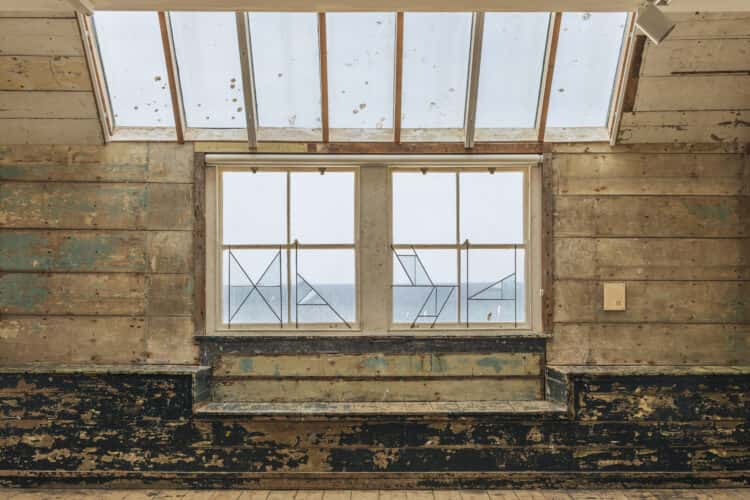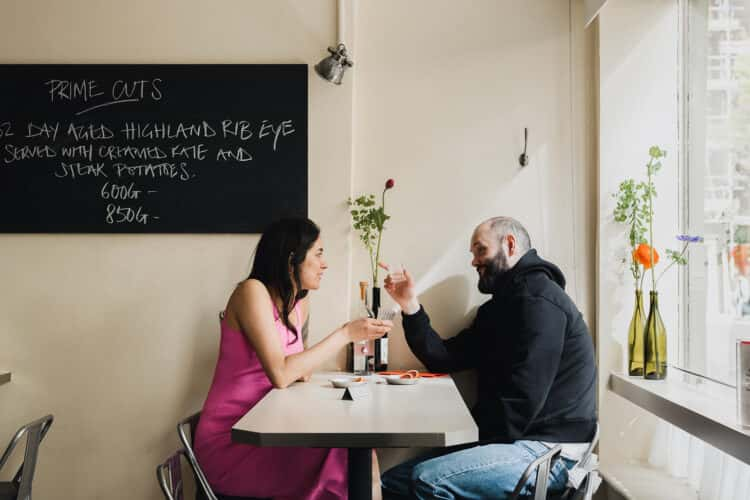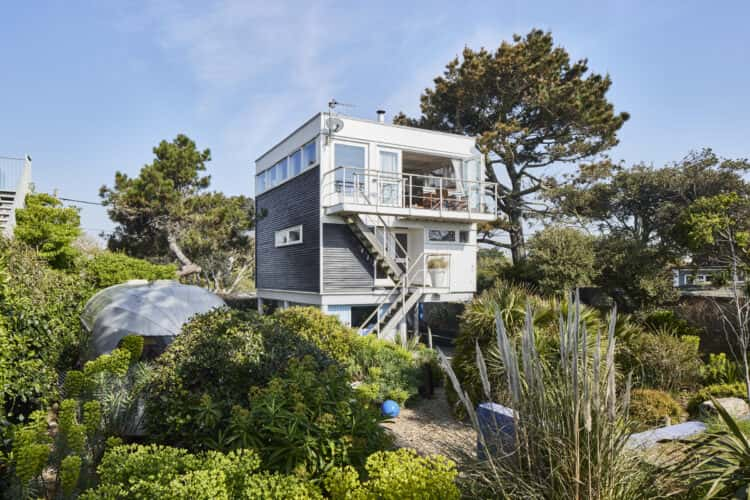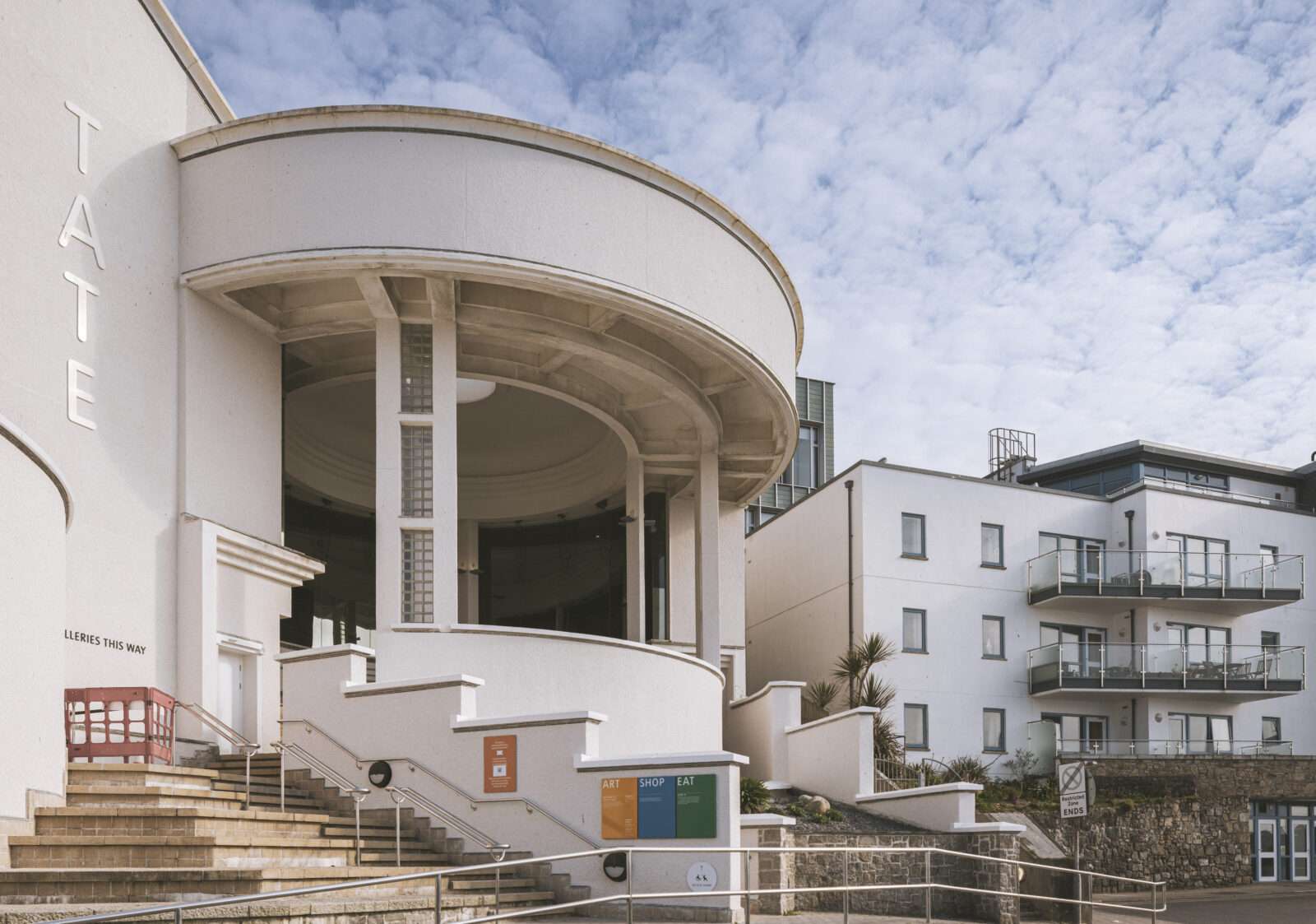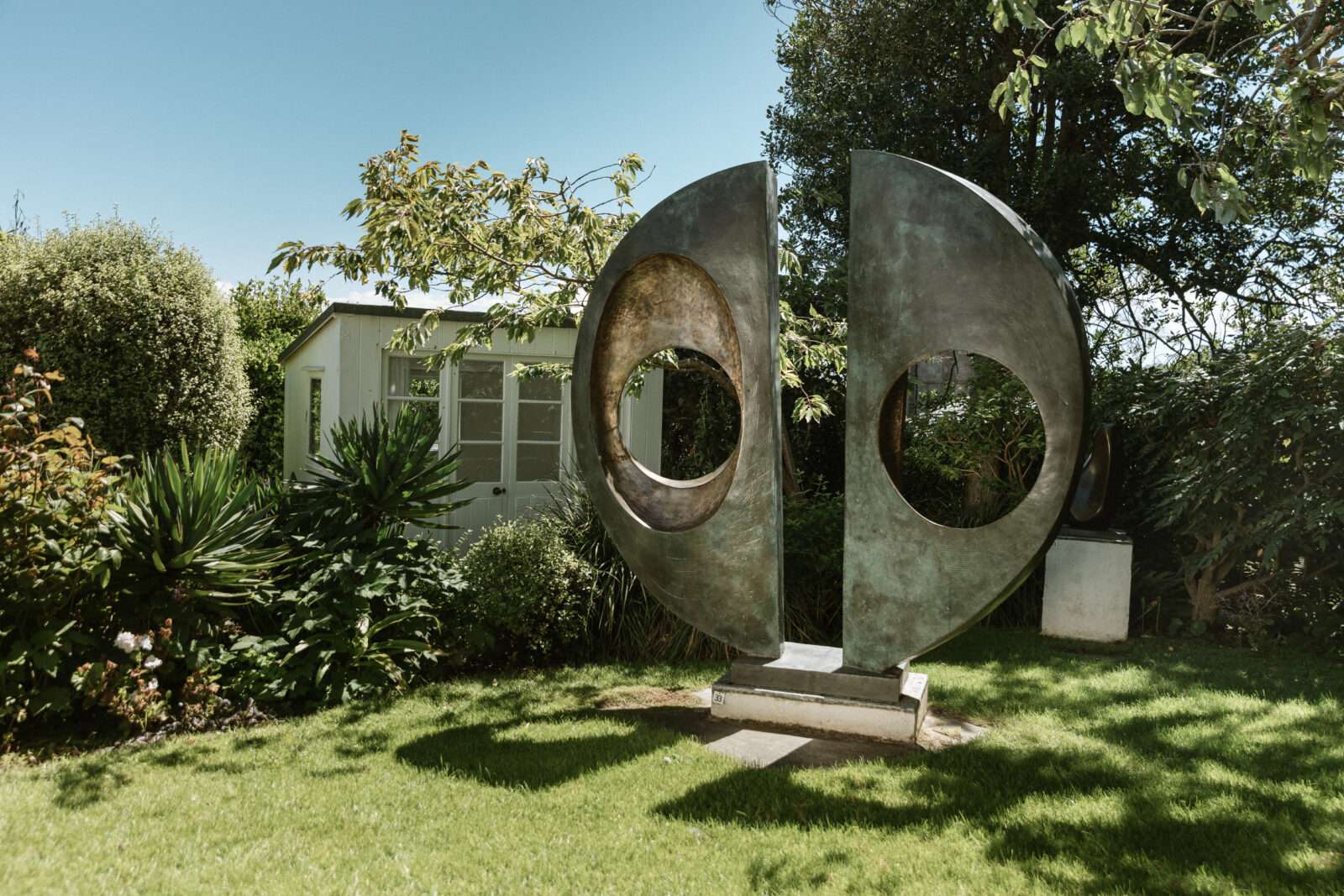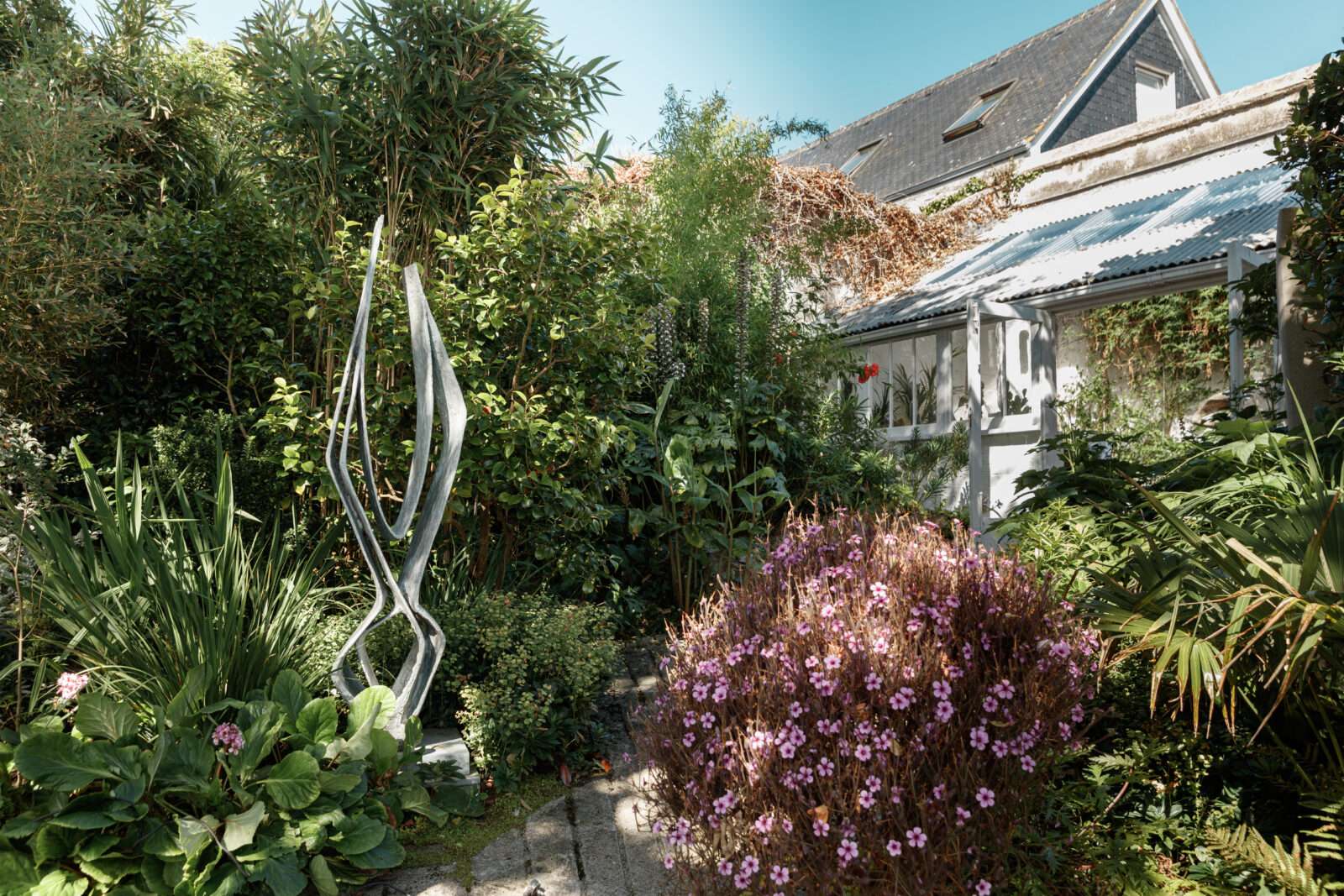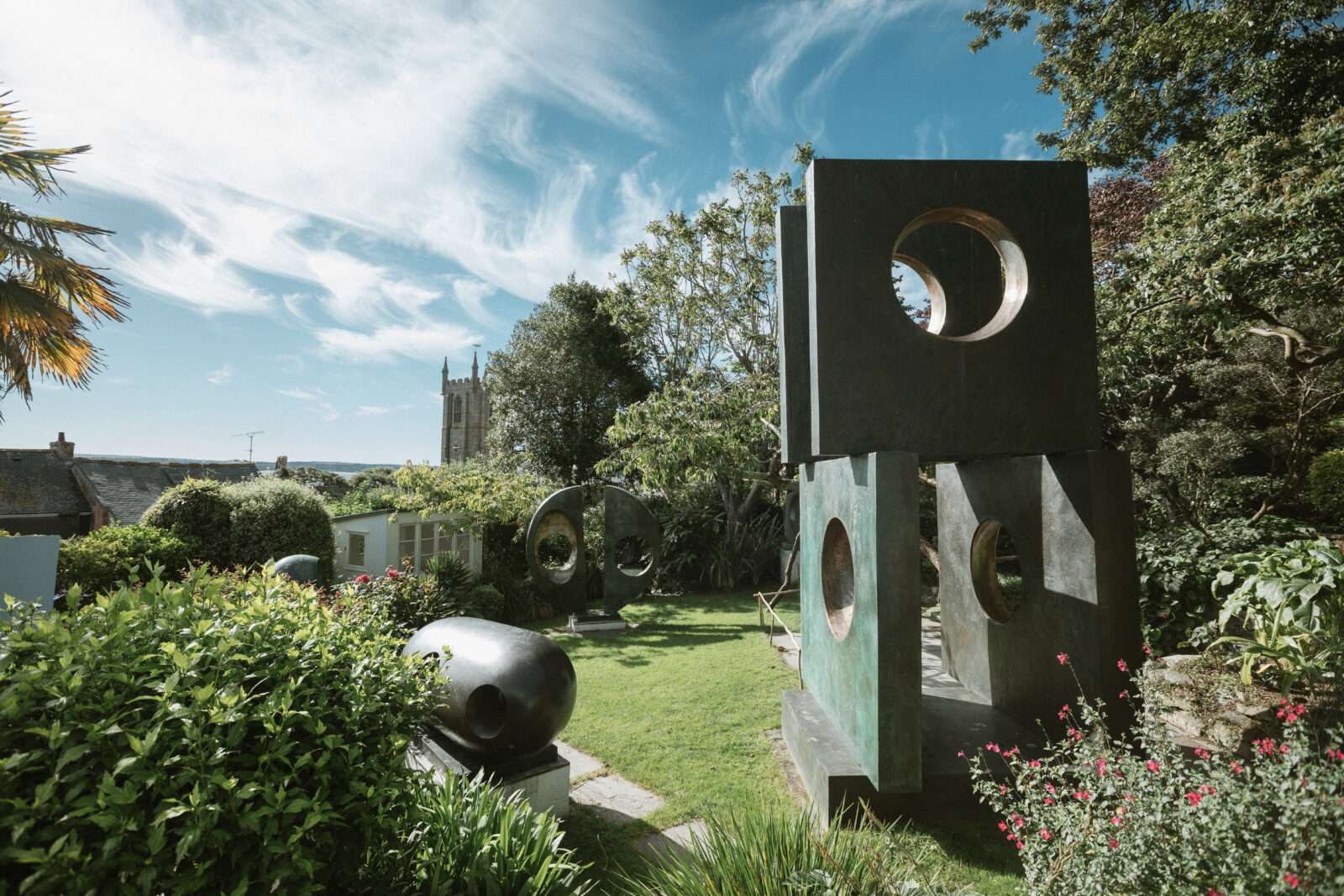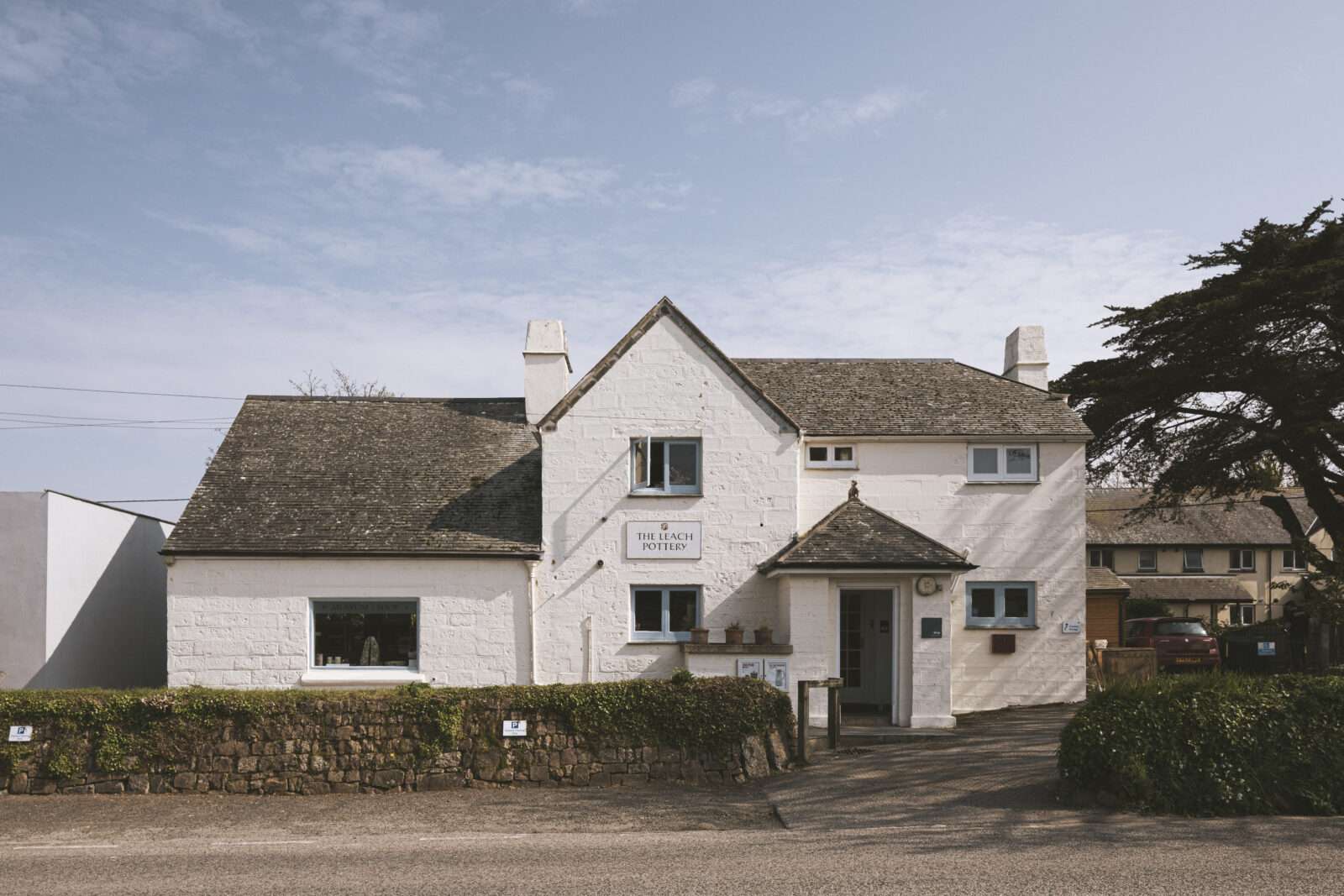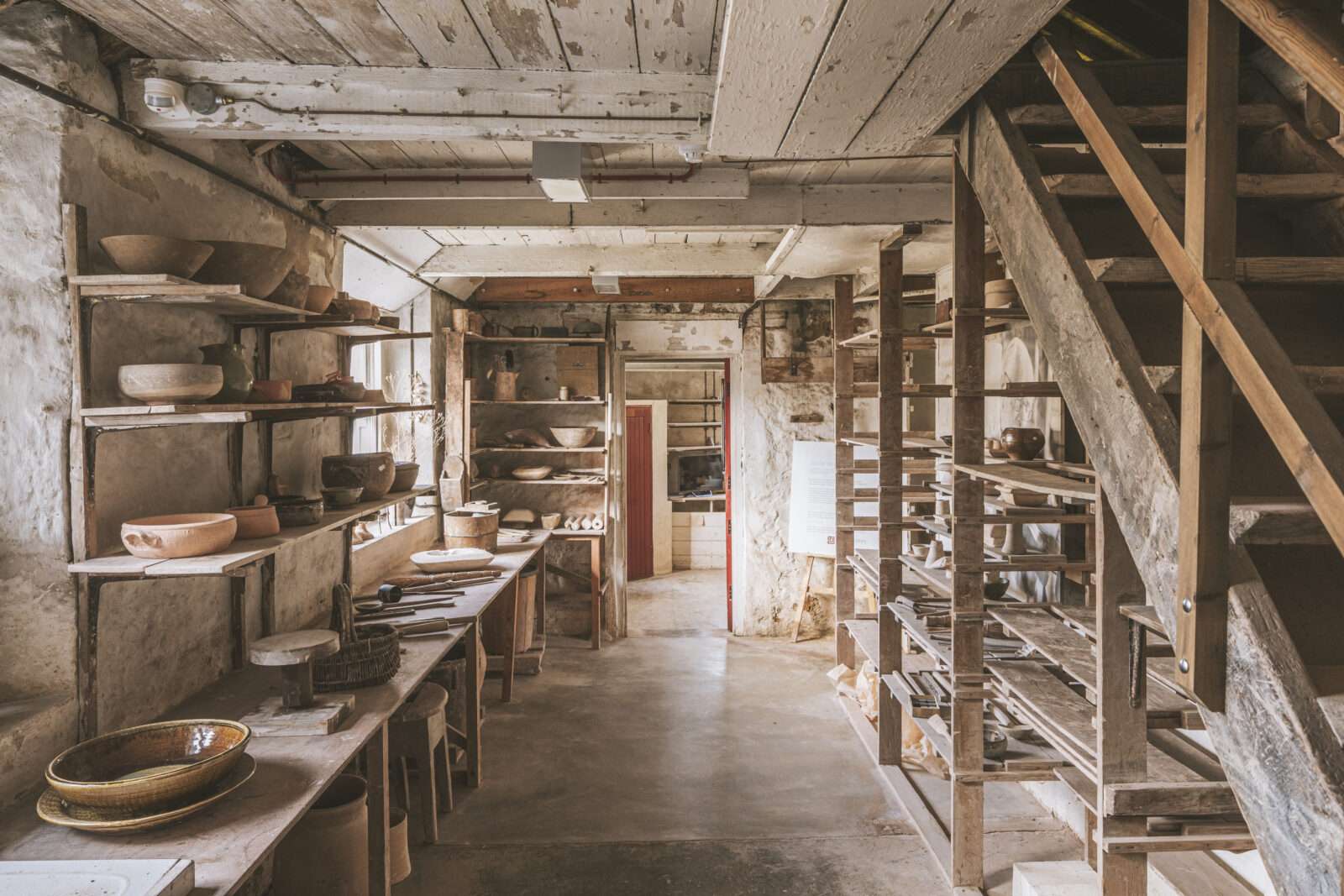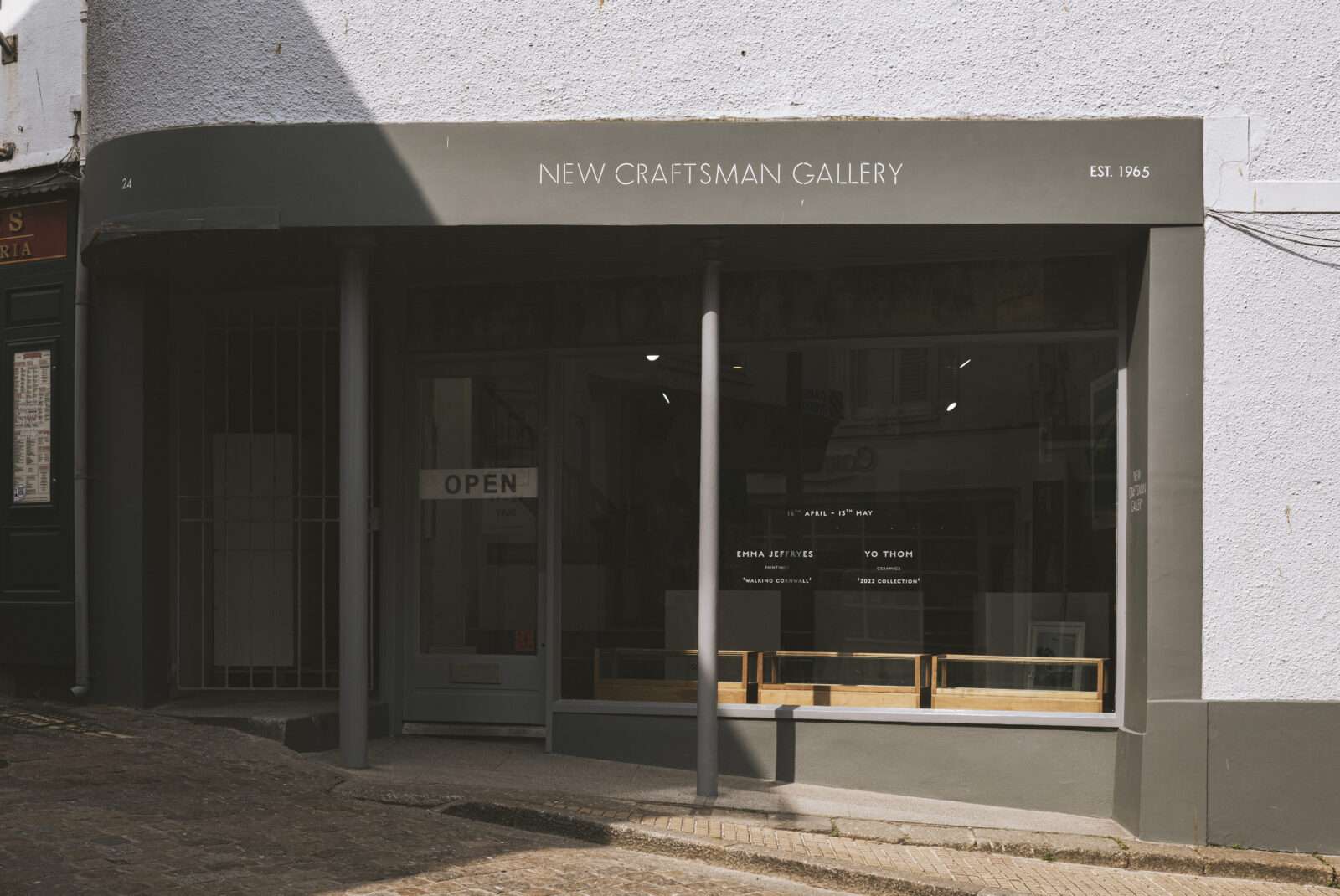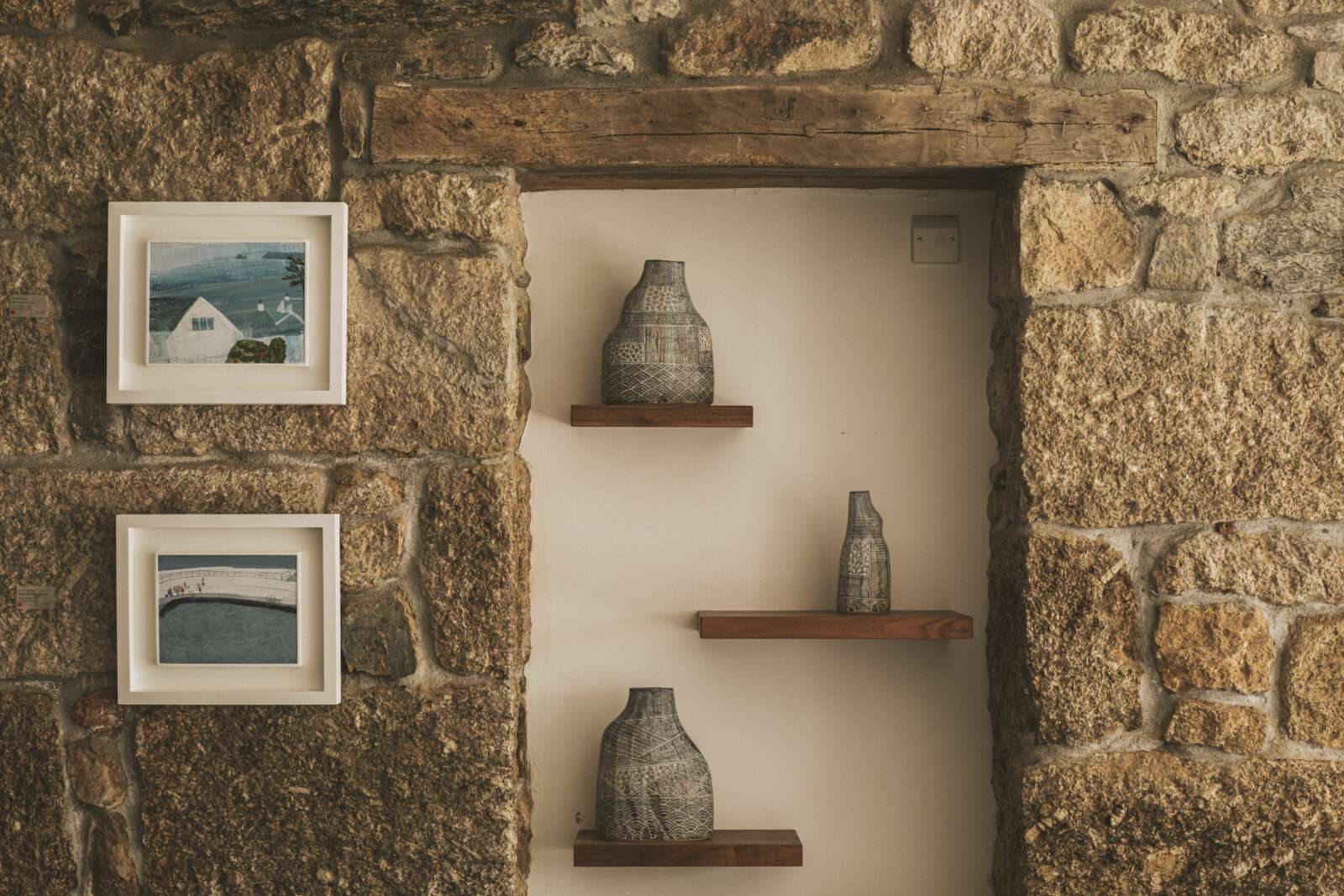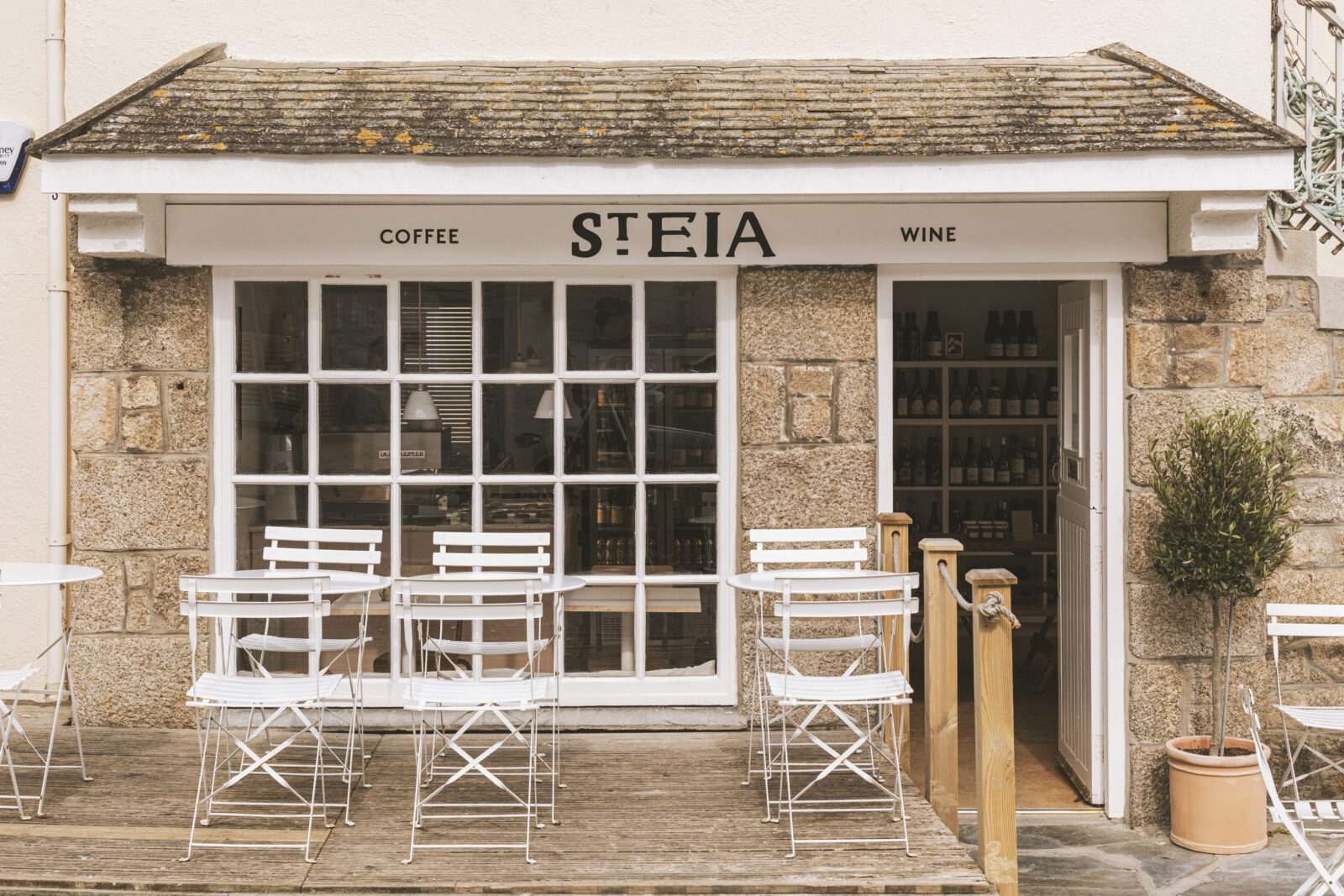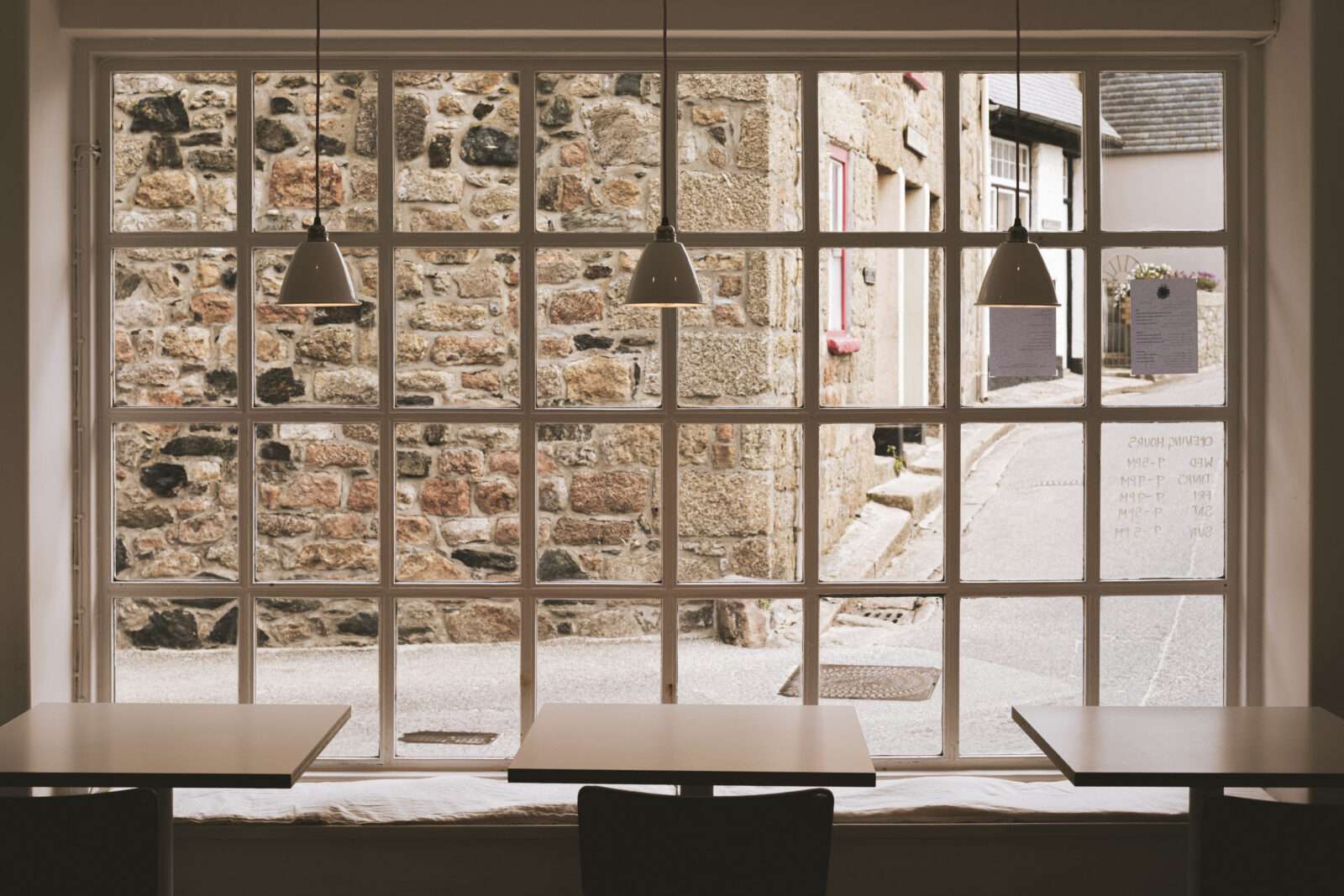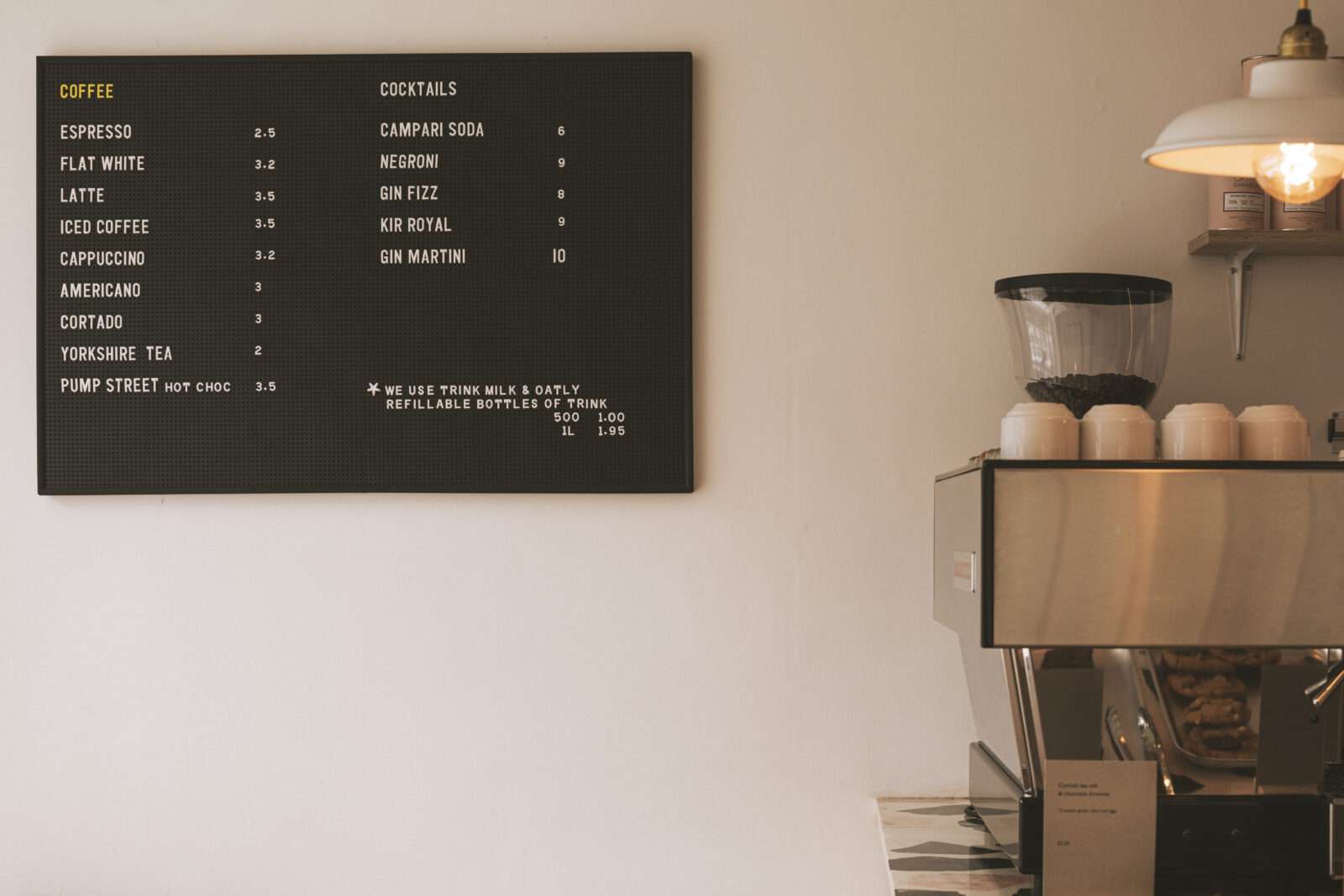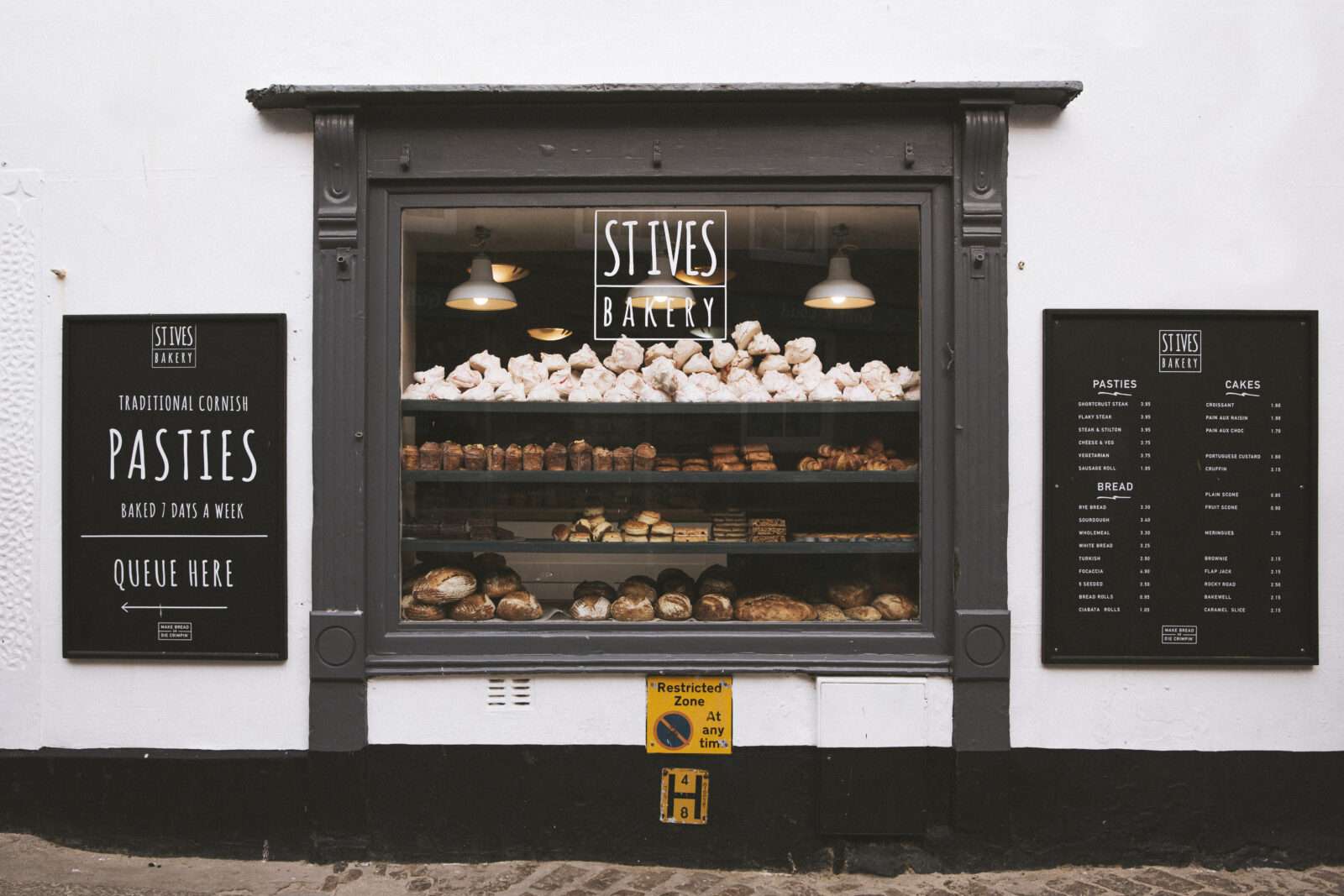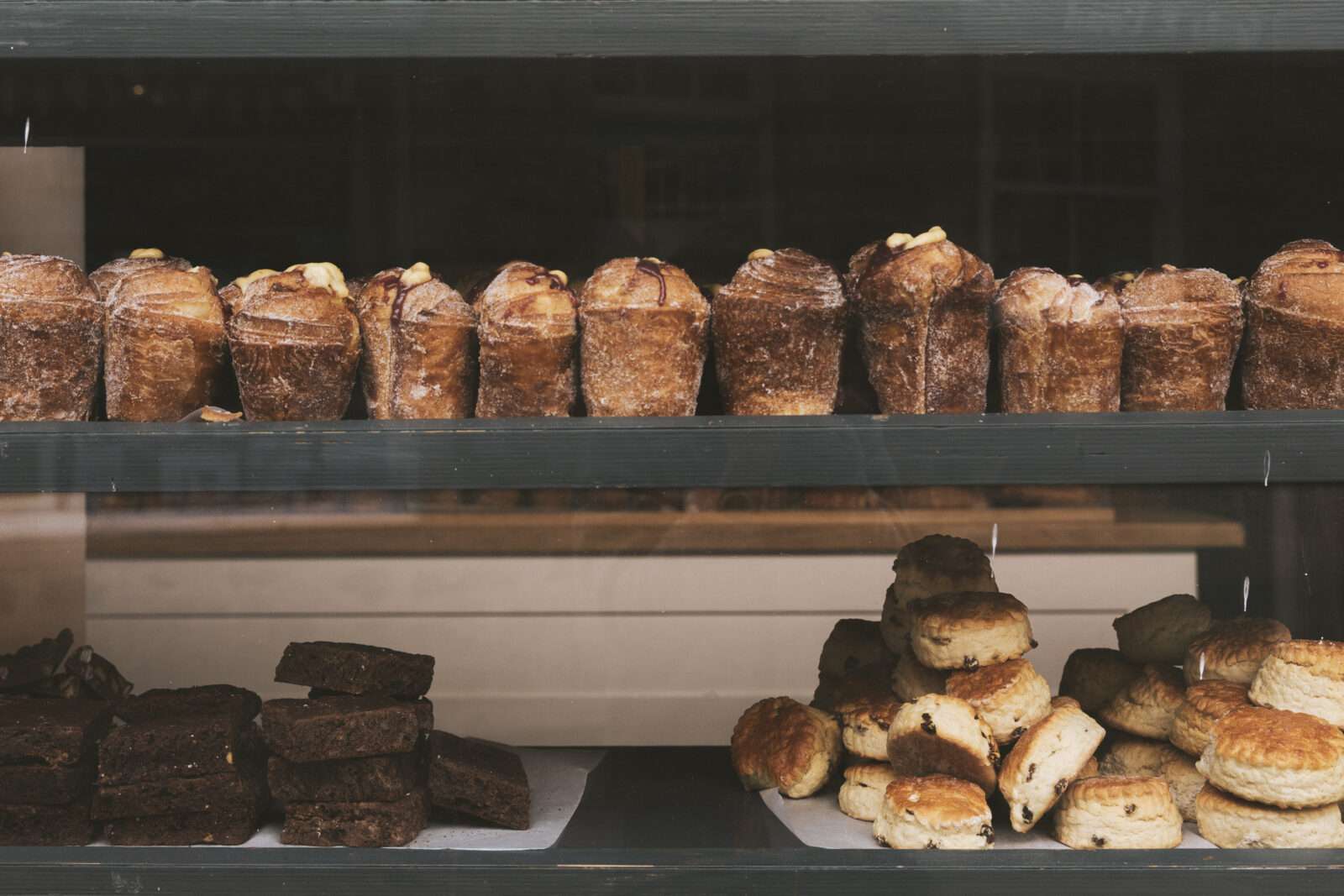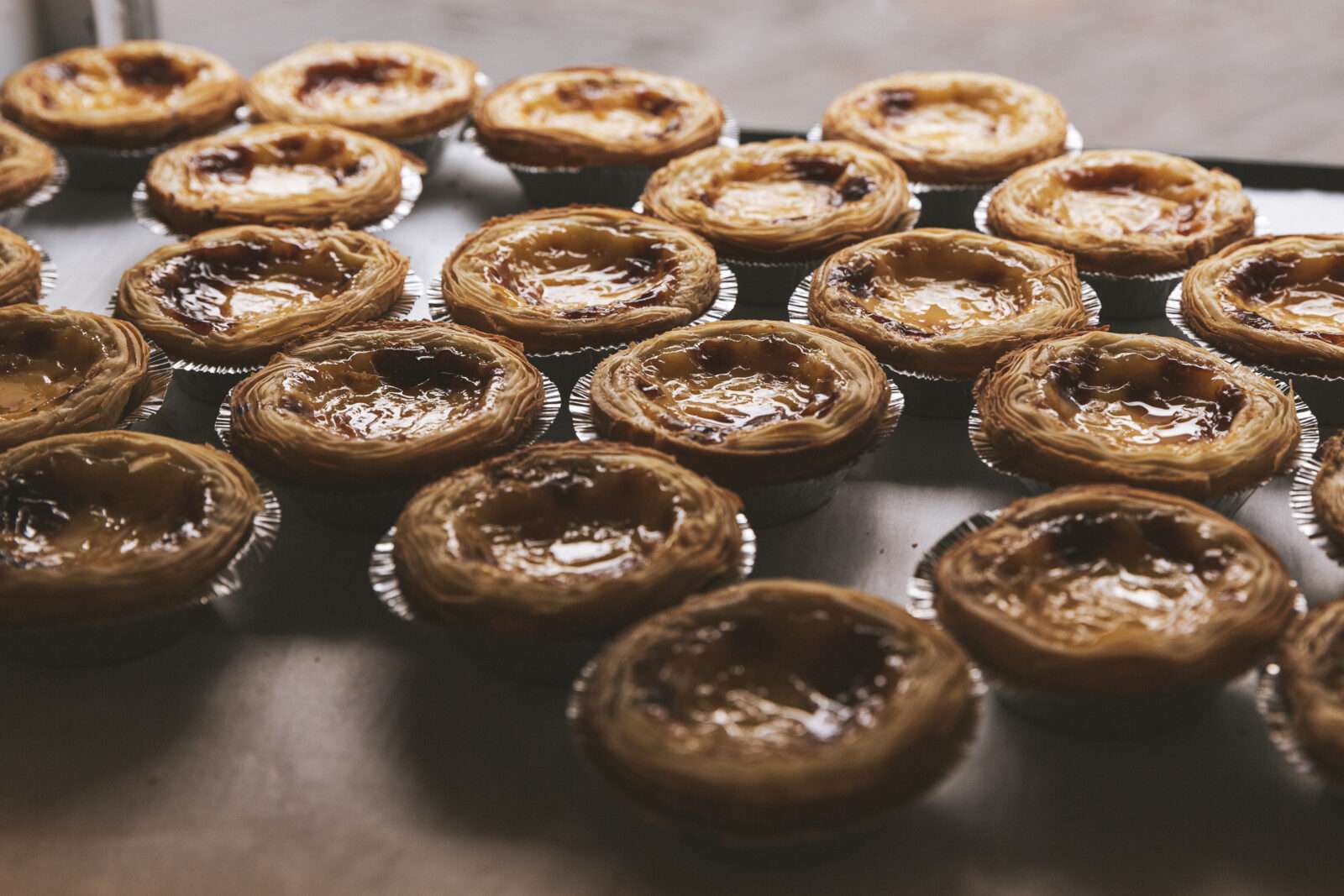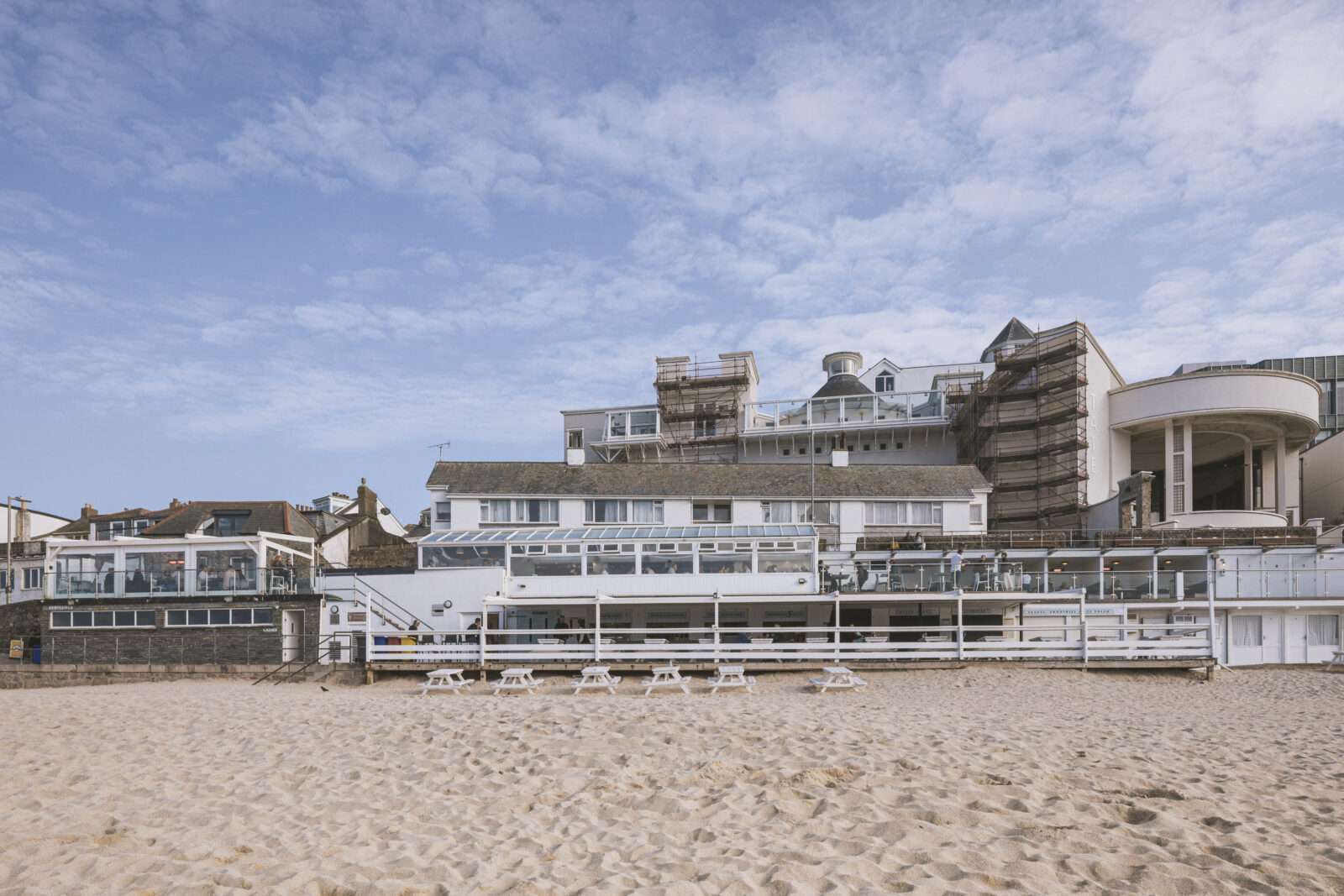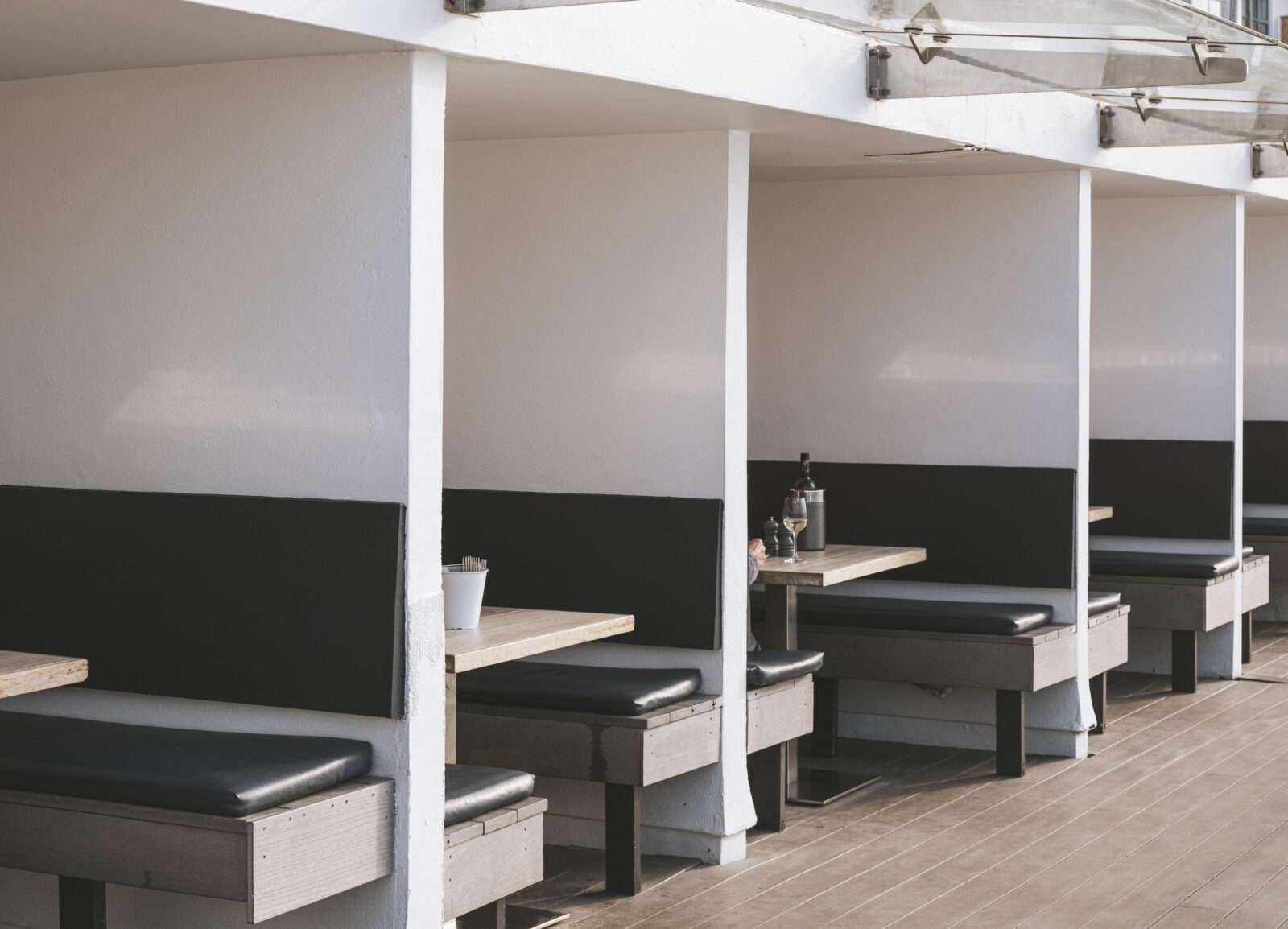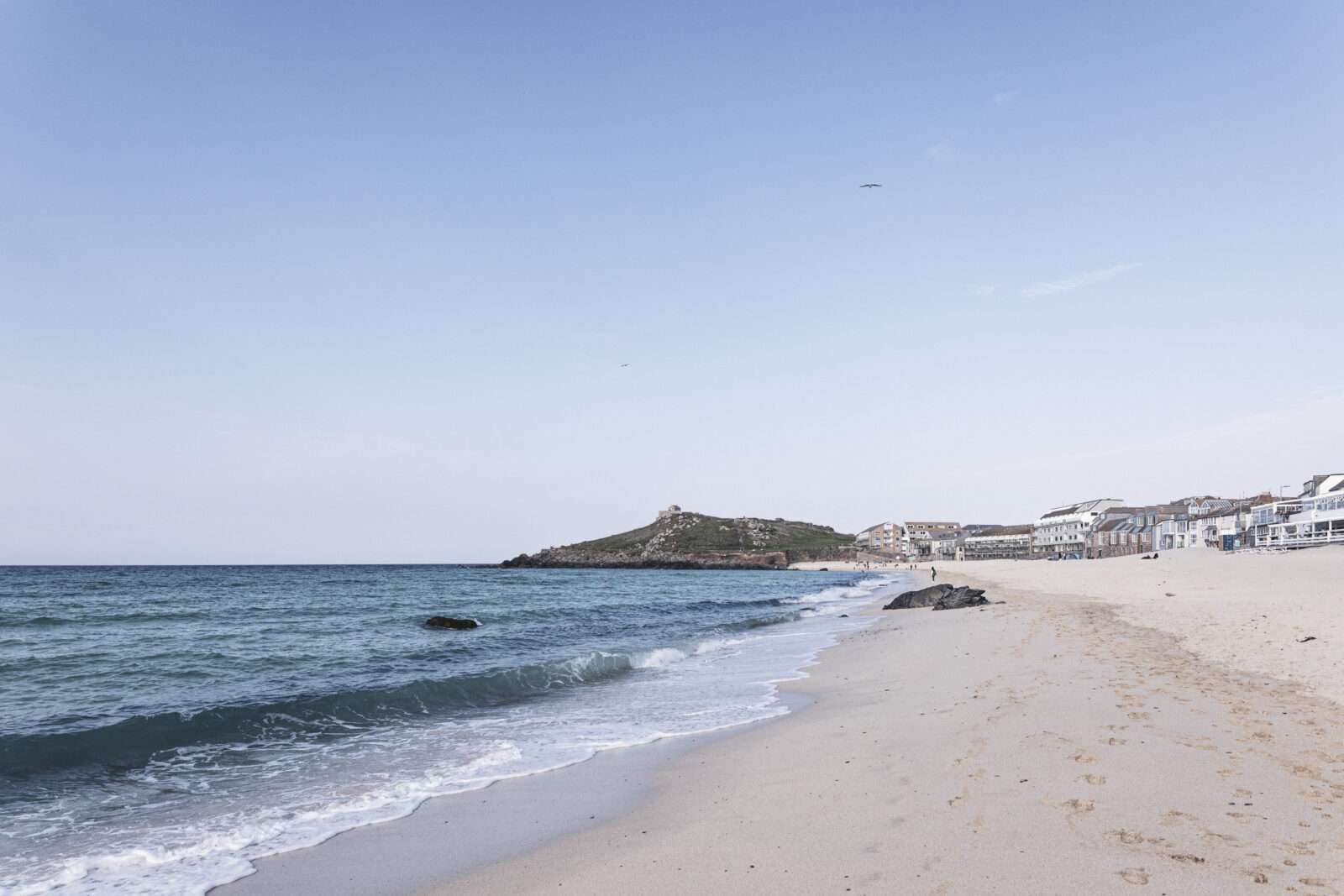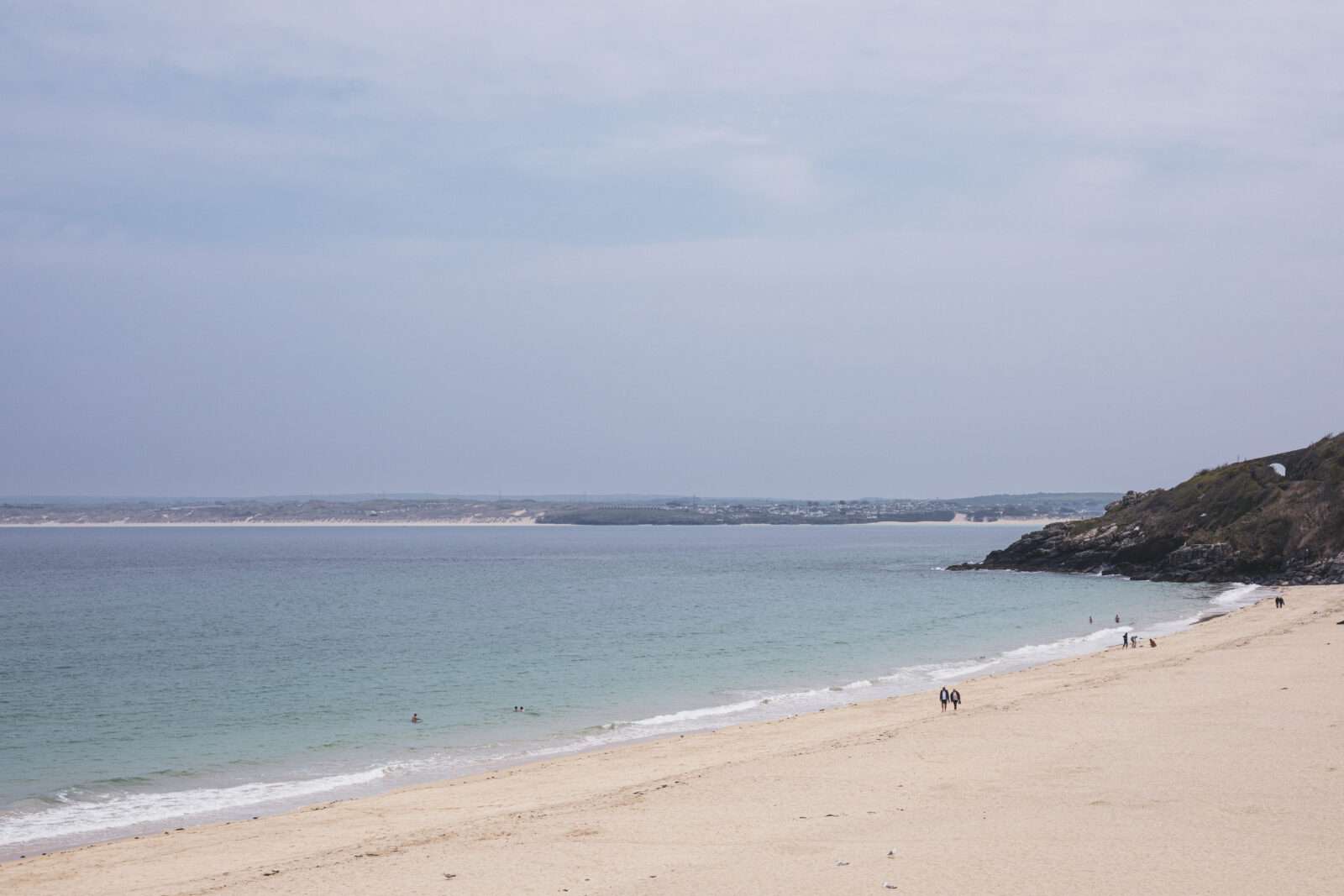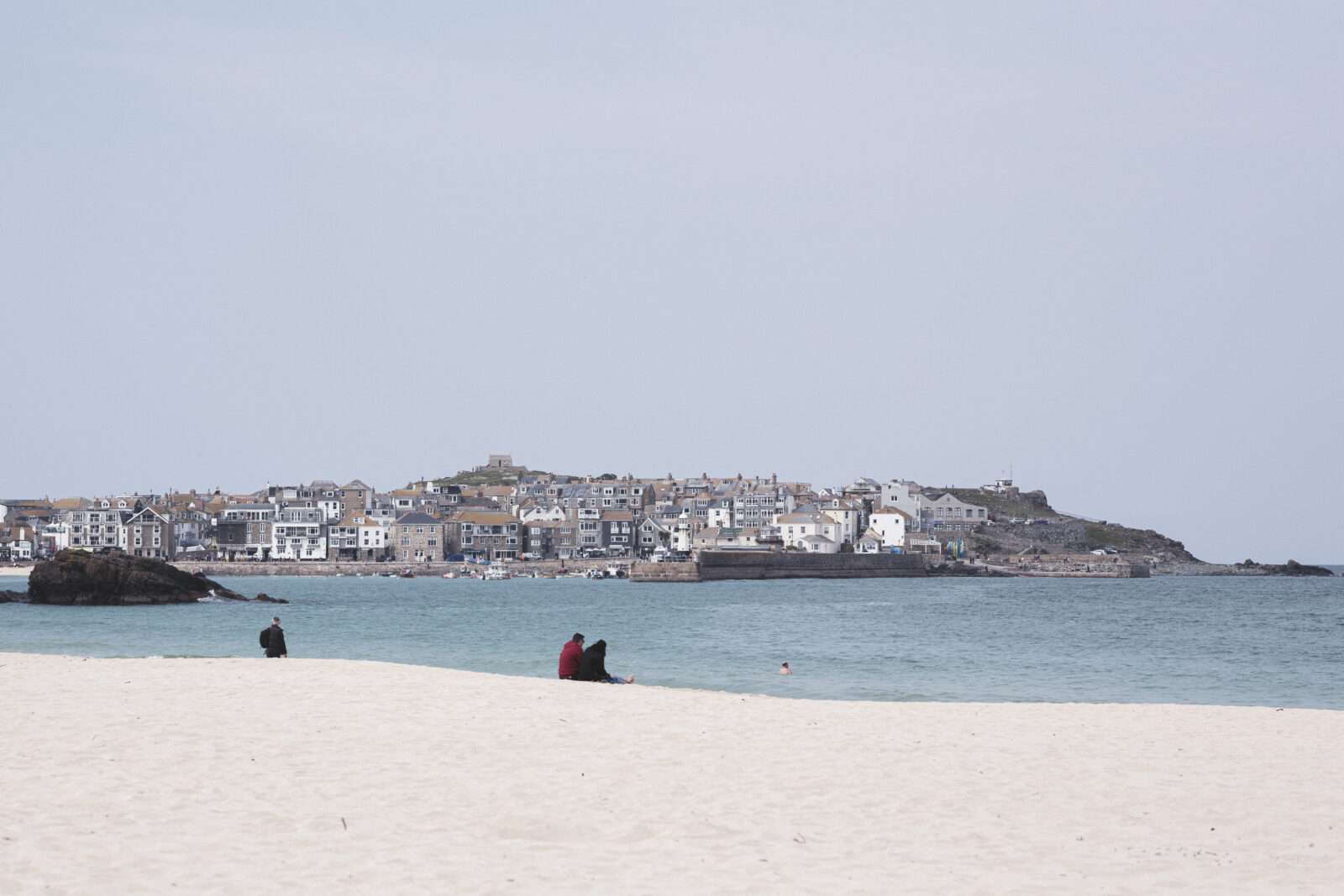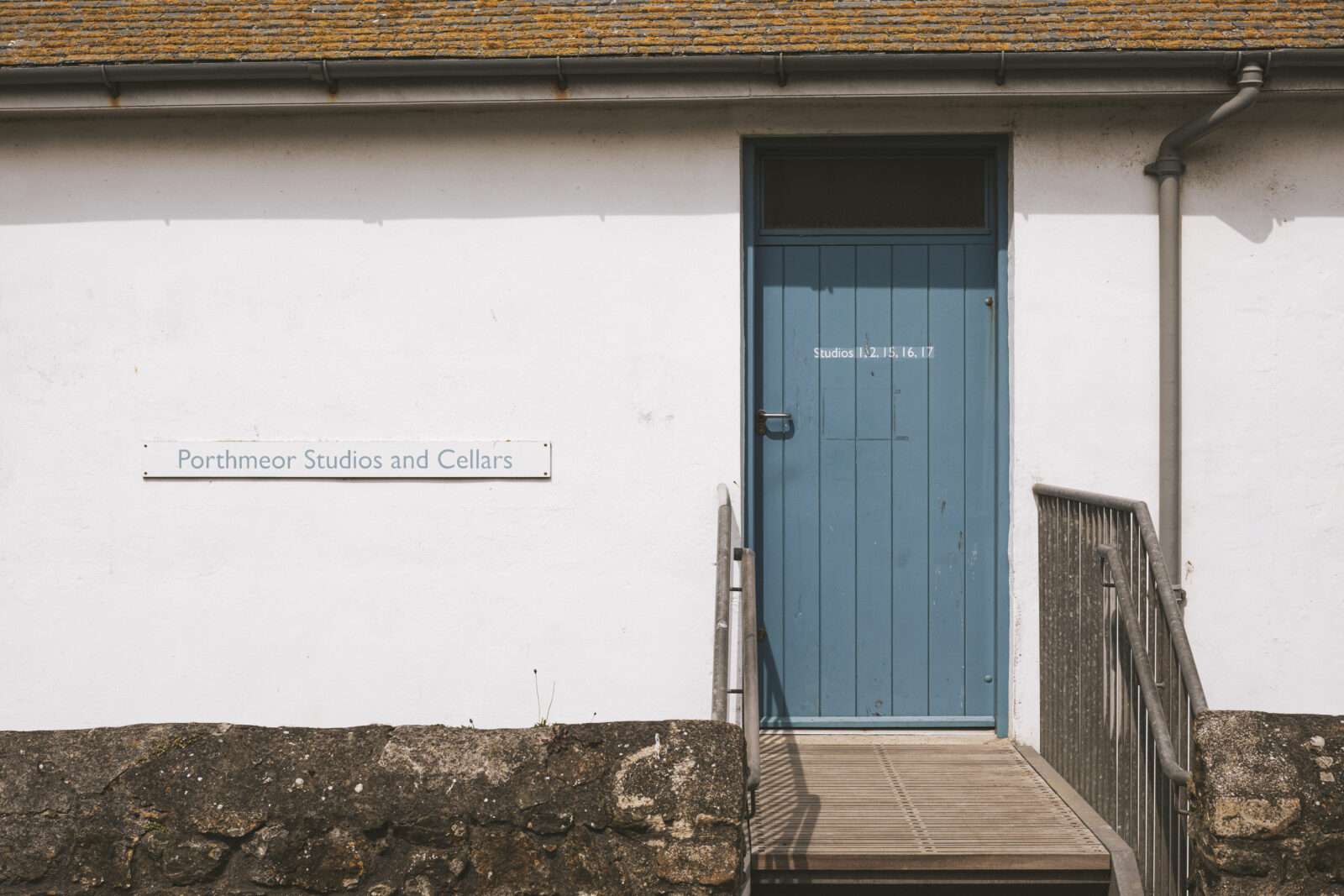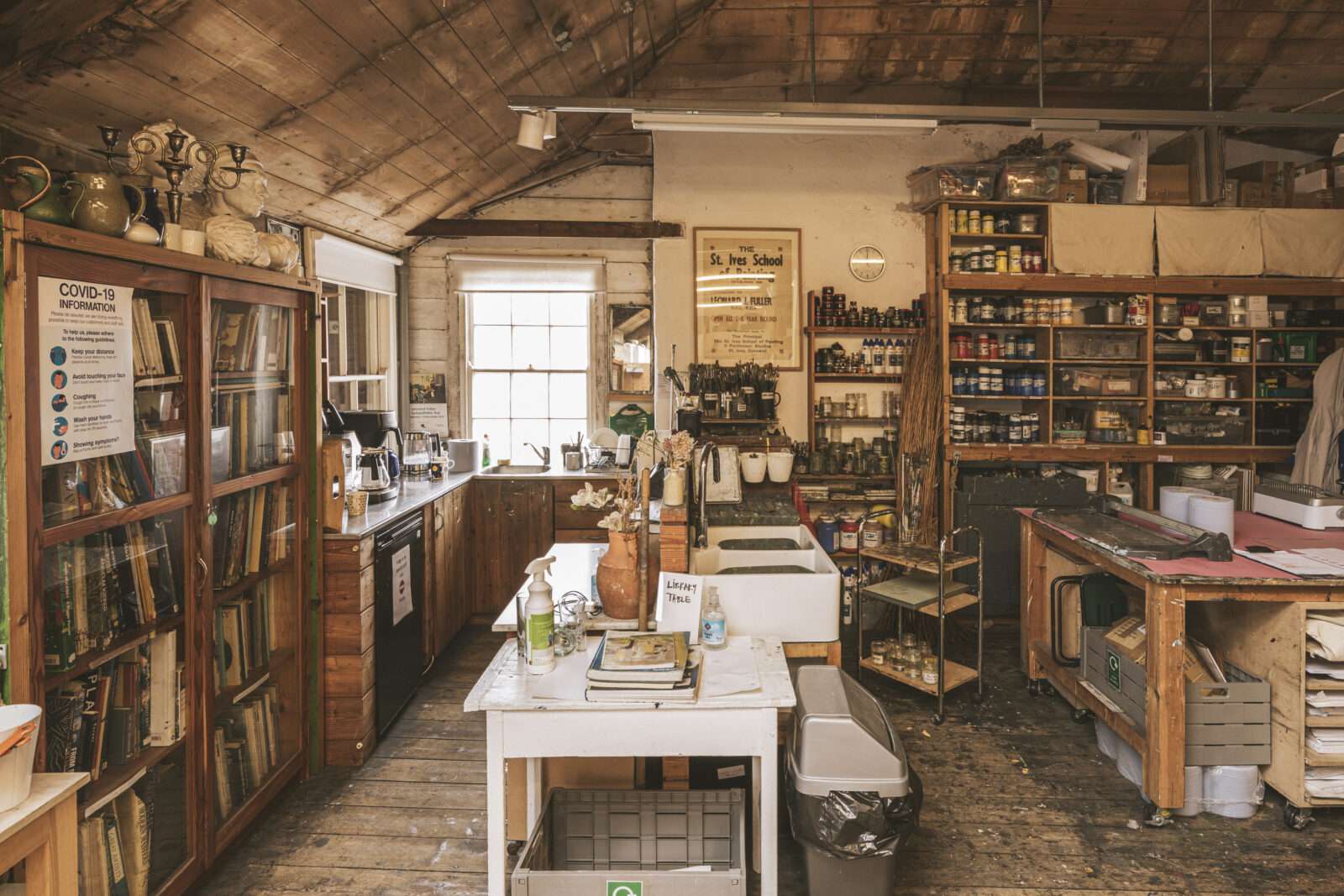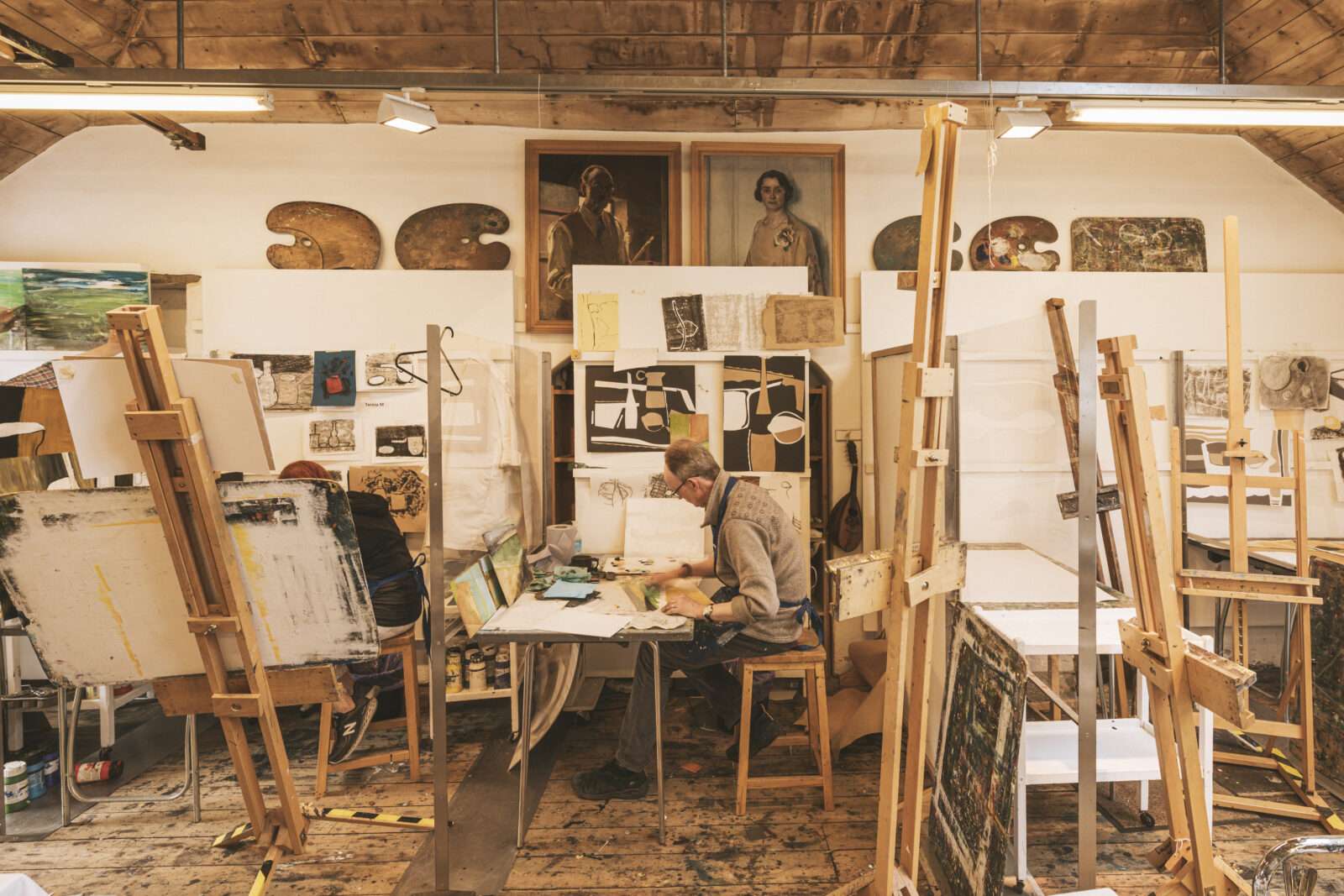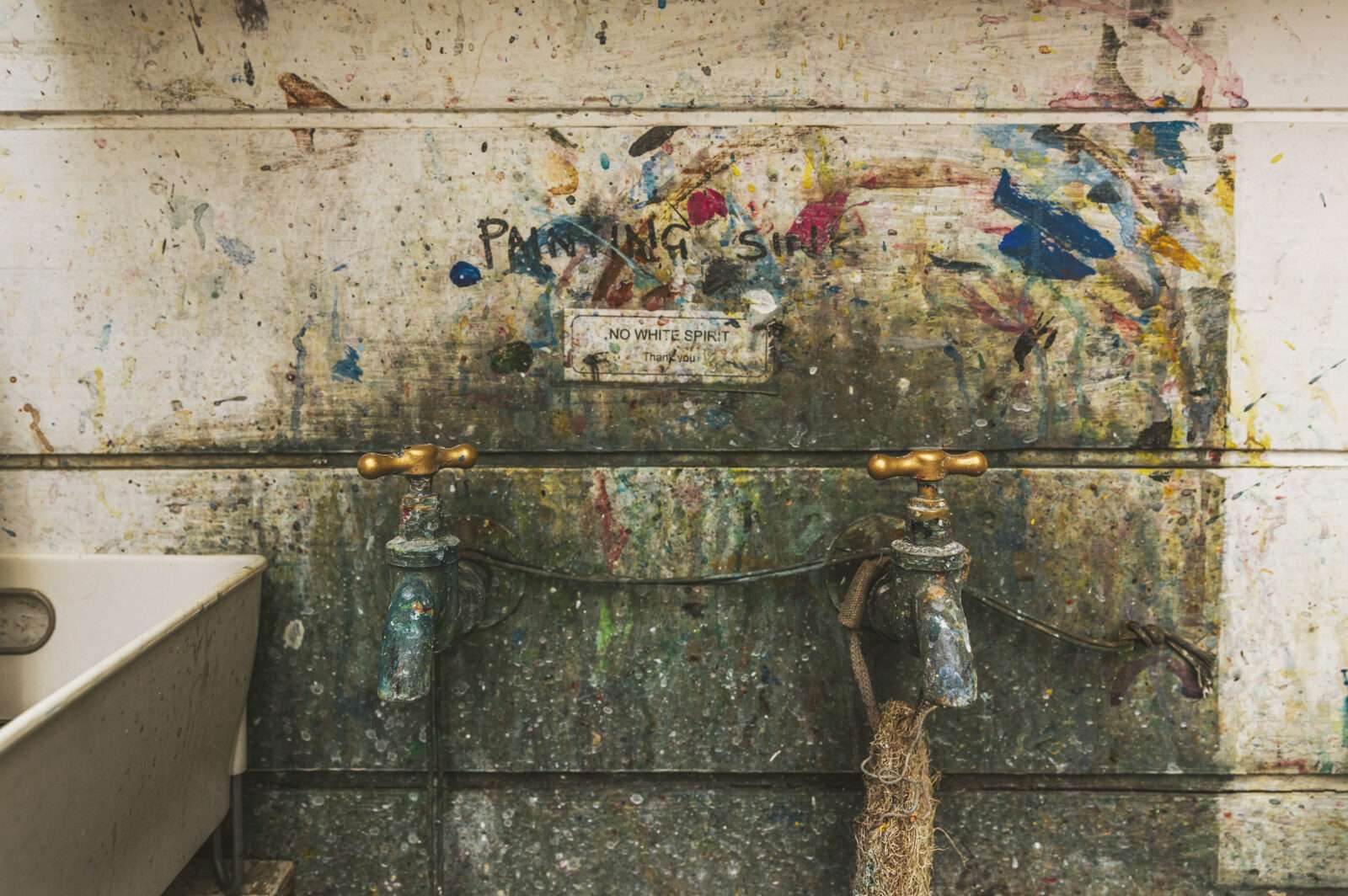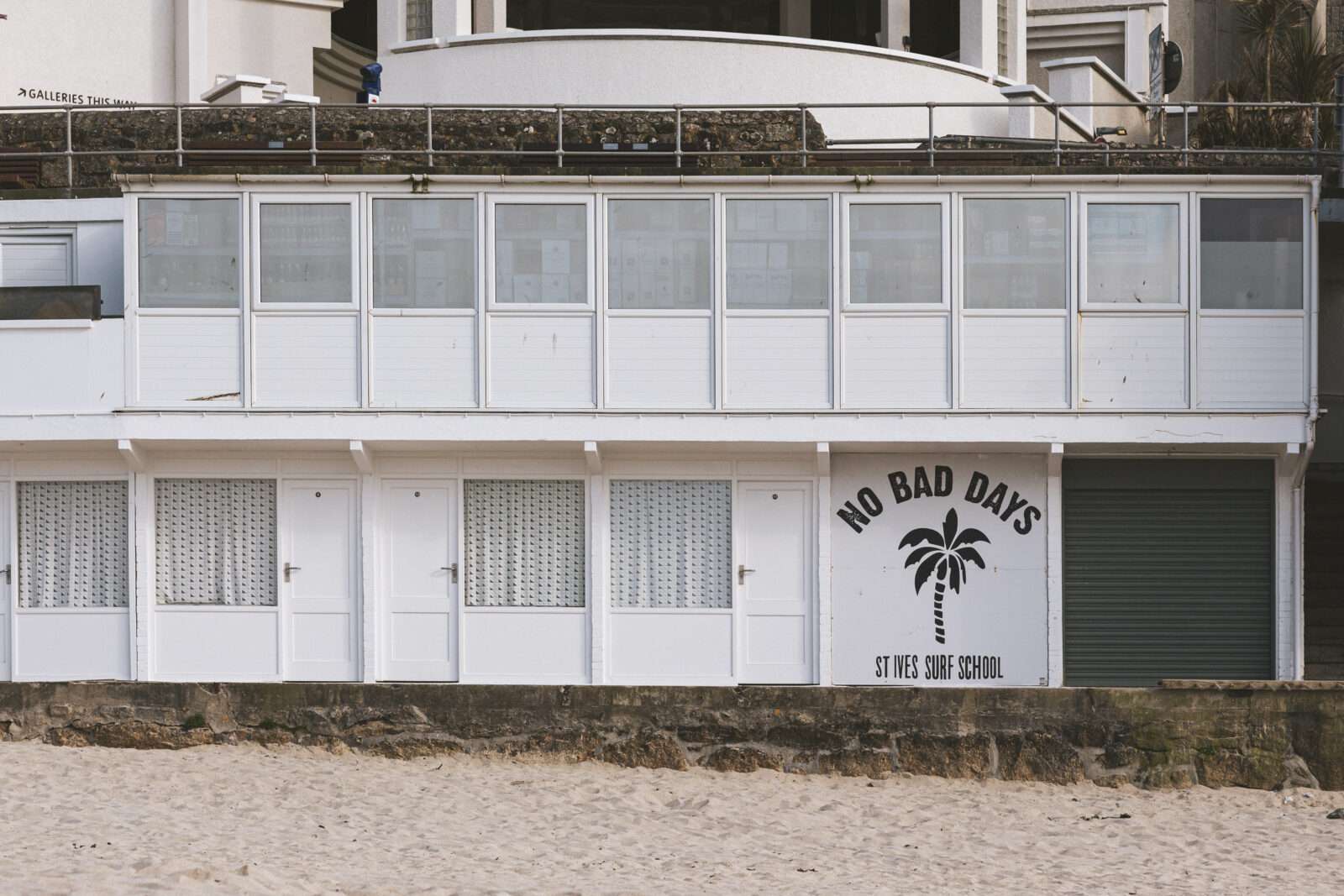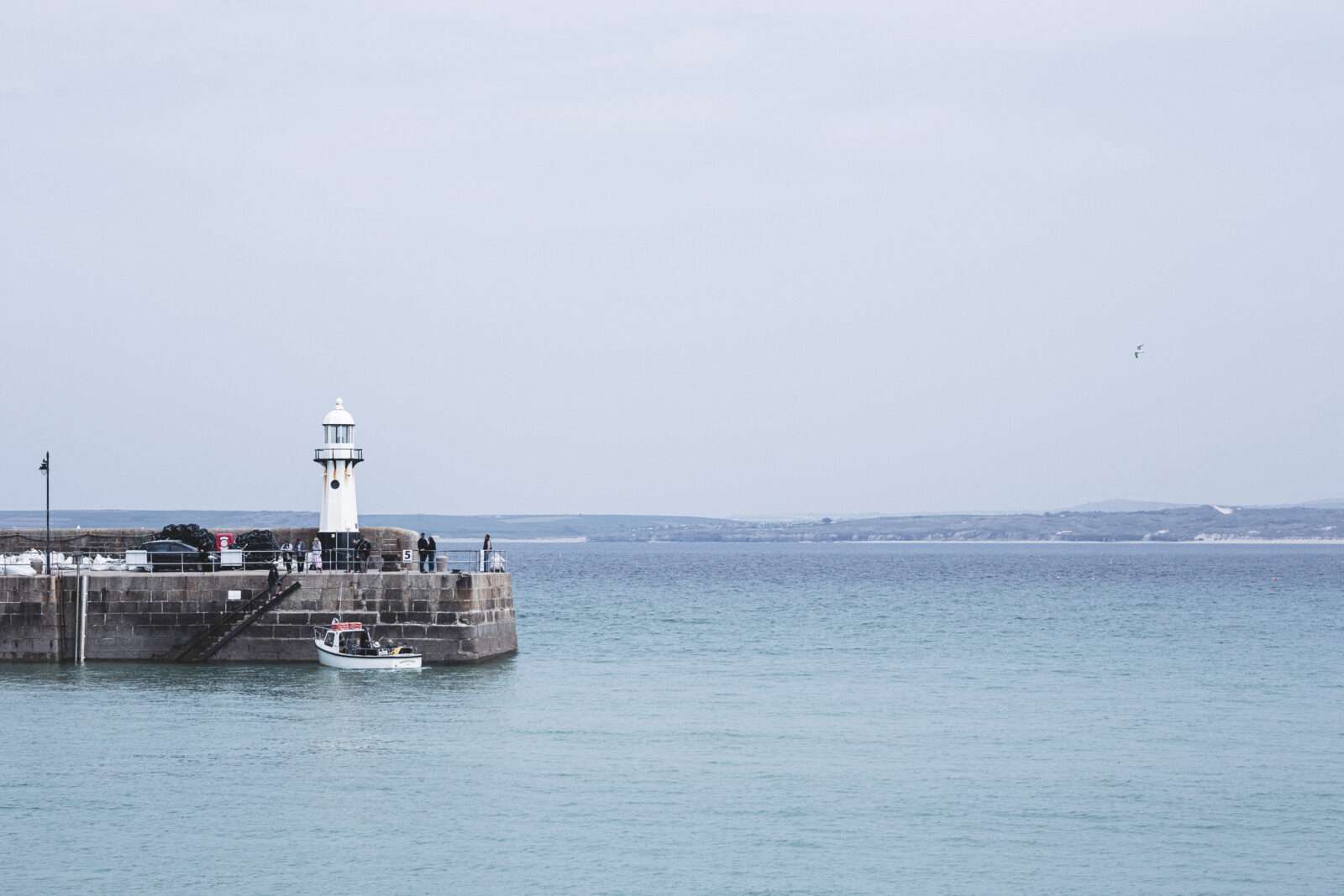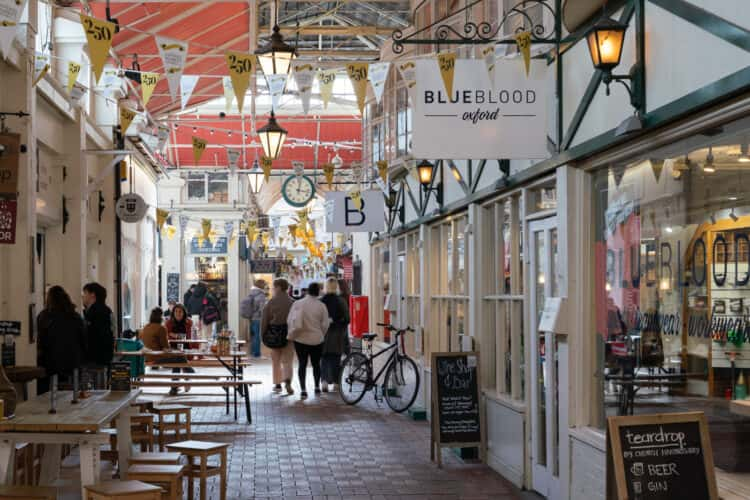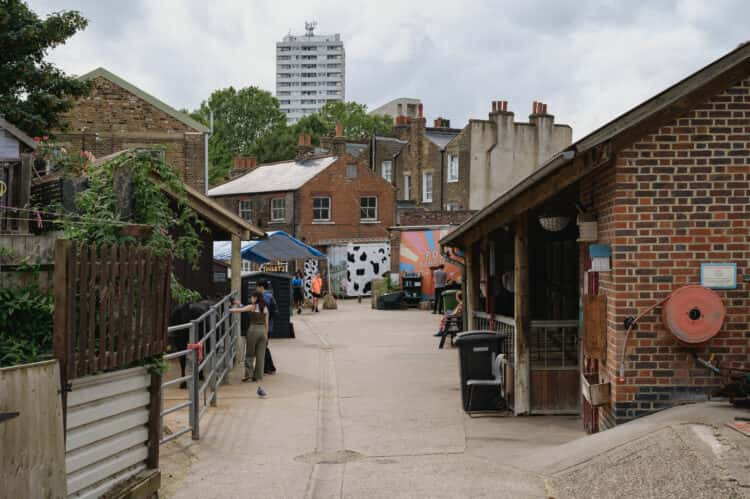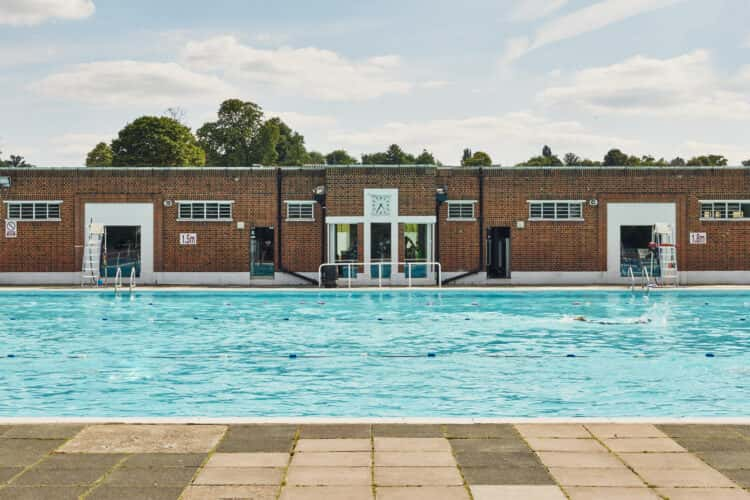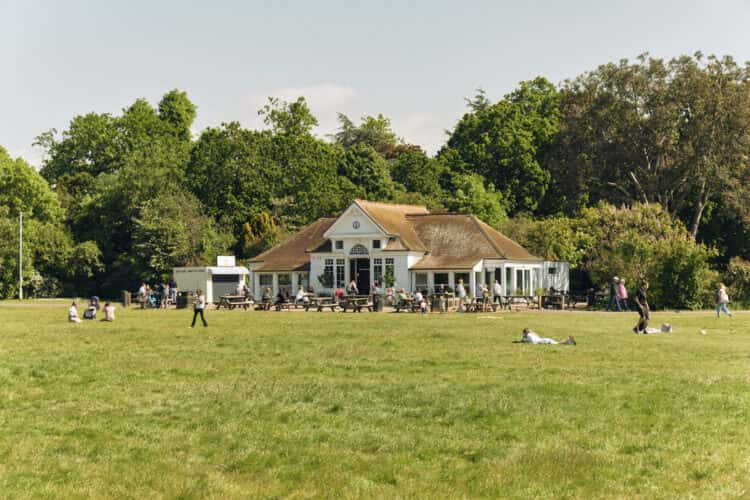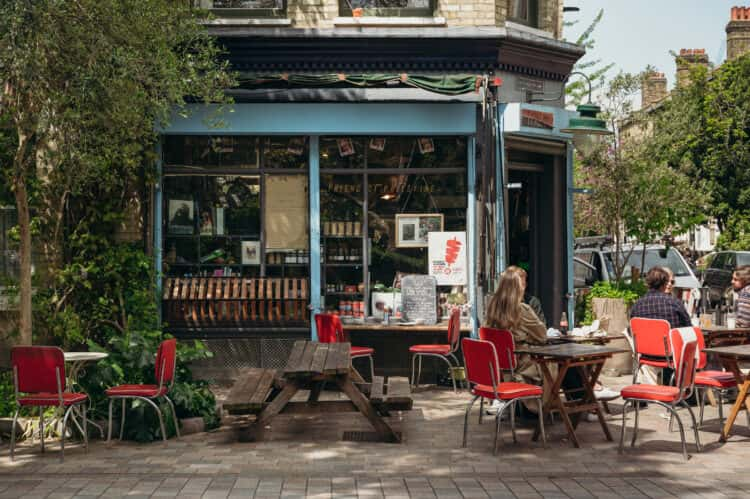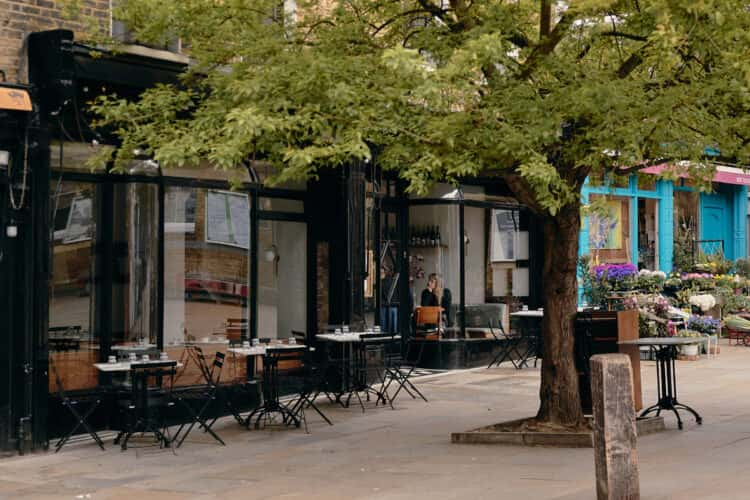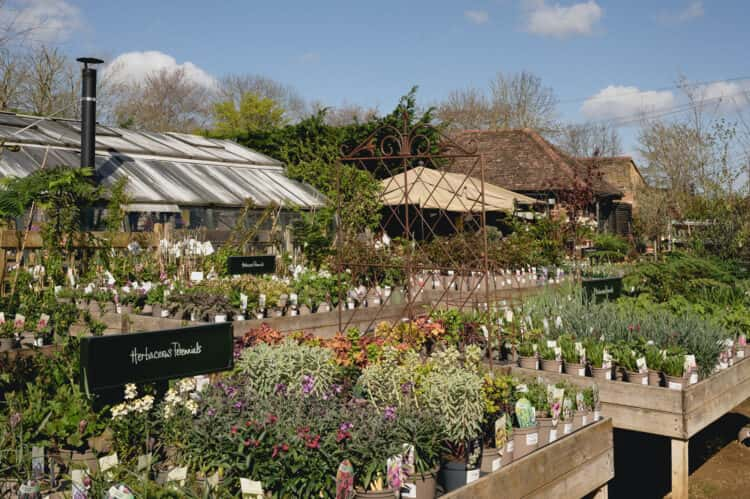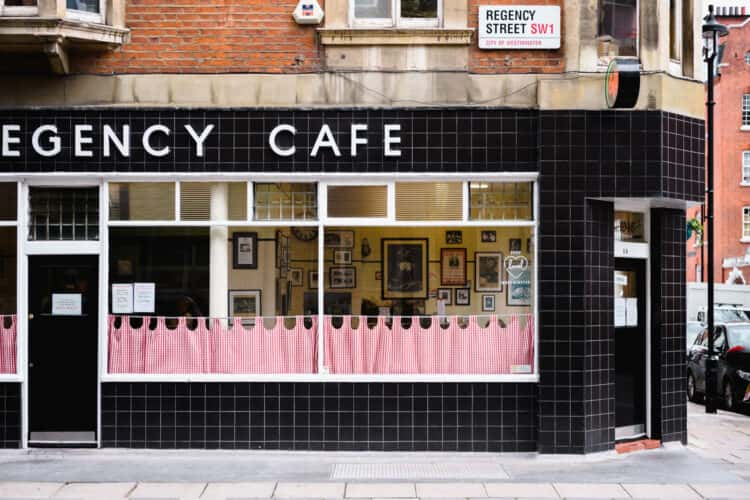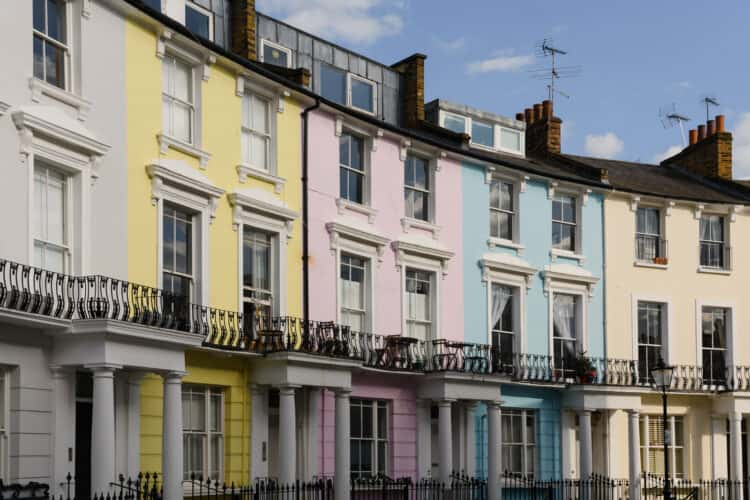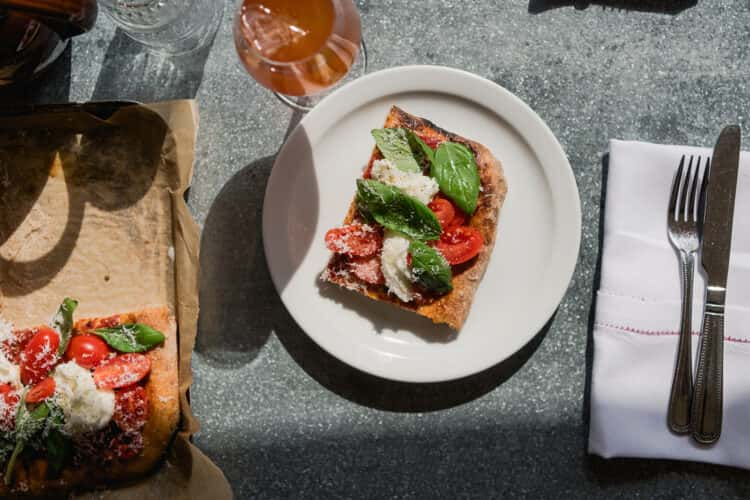Our guide to St Ives, Cornwall: the best beaches, baked goods and Barbara Hepworth’s sculpture garden
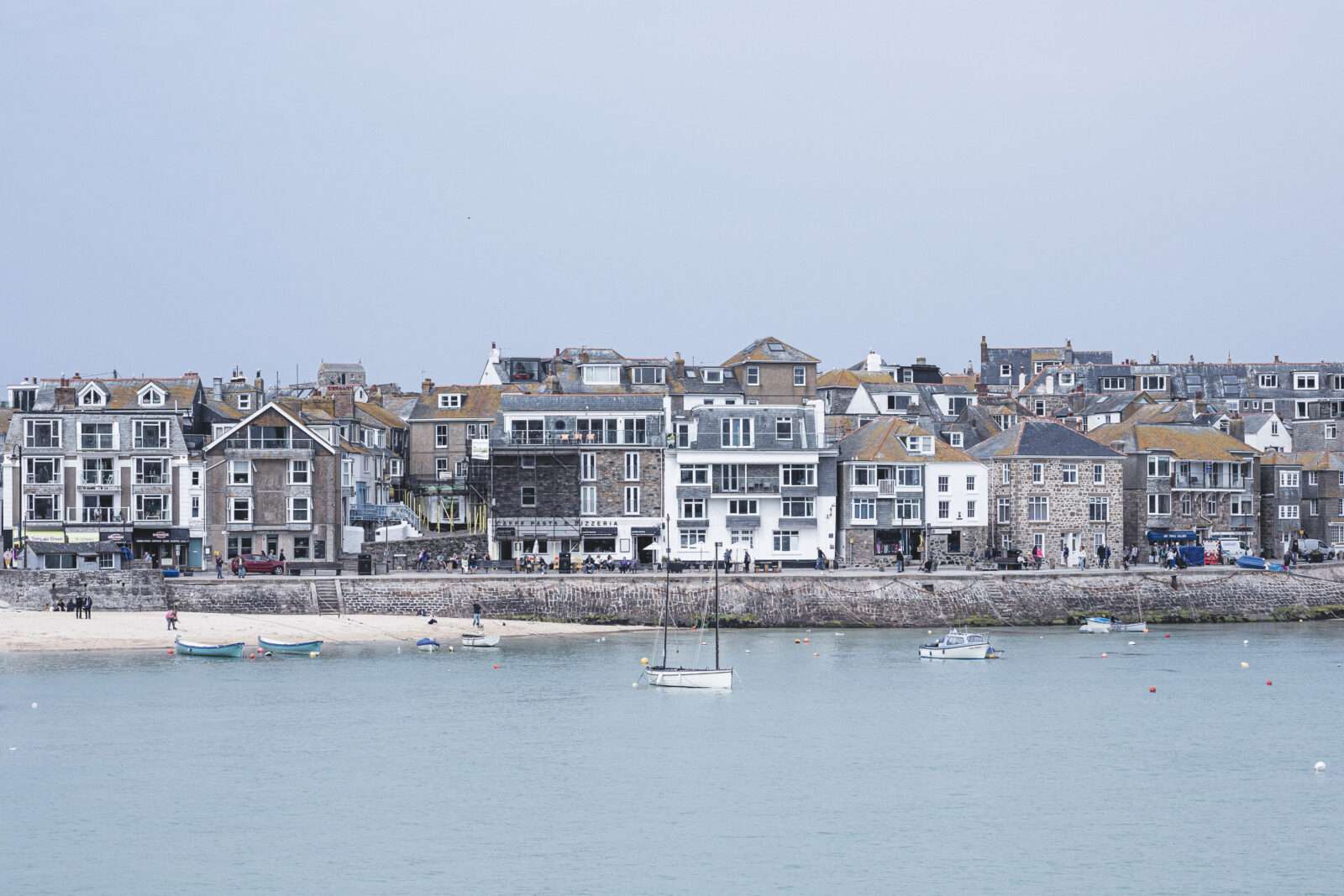
Whichever way you look at it, St Ives contains multitudes. This quintessentially Cornish fishing spot has an appealing mix of old-school – but surprisingly refined – seaside atmosphere and rarefied contemporary culture. At heart, though, it’s an artists’ town, blessed with an evocative Atlantic light that inspired its 20th-century ‘school’ of sculptors, painters and ceramicists: Barbara Hepworth, Ben Nicholson, Bernard Leach, to name a few. The creative aura is inescapable, whether through the predominant Tate outpost, or in its many of the town’s smaller, independent galleries.
Hit the working harbour and things feel more lived-in, with fishing boats drifting past a rust-flecked lighthouse, and tourists guarding wraps of chips from hungry gulls. And then there are the spectacular Atlantic-facing beaches, which heave with sunseekers in the summer months, while the rolling breaks provide year-round swells for surfers. Our guide to St Ives includes the best sands and natural wine bars, as well as a very healthy helping of art.
SEE
1. Tate St Ives
When Tate opened its St Ives gallery in 1993, on the plot of a former gasworks in a building designed by Eldred Evans and David Shalev, it cemented the small Cornish town’s status as an influential place for British art. Its scene included significant residents Barbara Hepworth, Naum Gabo, Alfred Wallis, as well as Mark Rothko, who visited in 1959, flying its flag. As a tribute, Tate St Ives hosts a permanent exhibition that surveys the practices of the four artists in dialogue with other local and global luminaries, their work providing starting points for deeper analysis of the region’s multidisciplinary scene. Intellectually sated? Then make for the roof, to fill up on cake with a view from the cafe’s breezy terrace.
2. Barbara Hepworth Museum and Sculpture Garden
To think of St Ives is to think of Barbara Hepworth. The artist’s one-time home and workshop – formerly known as Trewyn Studio, where she lived and worked from 1949 until her death in 1979 – can be found on the tiny lane of Barnoon Hill. The museum and gallery is small but perfectly formed, so much so she described finding the space as “magic”. The best bit, however, is its verdant fertile gardens, laid out by Hepworth herself (with the composer Priaulx Rainier), dotted with monumental sculptures and snaking pathways. An endearingly scruffy succulent-filled greenhouse is another highlight – an idyll away from the often relentless seasonal throng.
3. Leach Pottery
Located above the higgledy lower town on Higher Stennack is Leach Pottery, the birthplace and spiritual home of British pottery. It was founded by Bernard Leach and the Japanese potter Shoji Hamada in 1920 and remains a truly lovely working atelier, while also playing host today to a museum and shop. Come for the anachronistic and winsome films on Leach’s practice, the preserved, clay-flecked studio space and the imposingly rustic brick kilns; stay for the resplendent works by an itinerant cast of guest potters – and certainly don’t leave without some dashing Leach Standard Ware or a copy of Bernard’s craft-philosophy treatise, A Potter’s Book.
4. New Craftsman Gallery
Pedantic art-history enthusiasts might consider Tate a satellite to this unprepossessing but significant space on Fore Street. Founded by Janet Leach, the wife of Bernard, in 1965, New Craftsman Gallery supported the early careers of Wilhelmina Barns-Graham, Sandra Blow, Bryan Winter, Peter Lanyon and Patrick Heron, and now plays host to multidisciplinary shows. In championing Cornwall’s emerging artists – representing more than 100 working in paint, ceramics, metal, wood, automata and more – it remains a crucial hub, still rooted in its surroundings.
We also recommended checking out gallery Anima Mundi for even more thoughtful pieces by contemporary artists – and it’s only a three-minute stroll away.
5. Talland House
“In retrospect, nothing we had as children made as much difference, was quite so important to us, as our summer in Cornwall,” wrote Virgina Woolf in her 1940 essay A Sketch of the Past. She was alluding almost directly to St Ives and especially Talland House. An Edwardian villa rented by her father between 1881 and 1895, the young Virginia’s hazy seasons there would prove instructive to many of her novels – none more so than To The Lighthouse, with the house, St Ives Bay and Godrevy Lighthouse transposed to the book’s setting. It’s now a private residence, but the tenants welcome respectful visitors.
EAT
6. St Eia
St Eia is a beautifully tranquil wine bar and coffee shop on The Digey. Owners Eleanor Vening and Mark Quick are late of London’s Quo Vadis and Barrafina and their nous gleams in their impeccable small plates – with produce from Coombeshead Farm, Neal’s Yard and the like – and a biodynamic and rare wine list that skews global. It’s also a great place to stock up on locally made botanical spirits from Howl & Loer, distilled from Cornish hogweed seeds, no less.
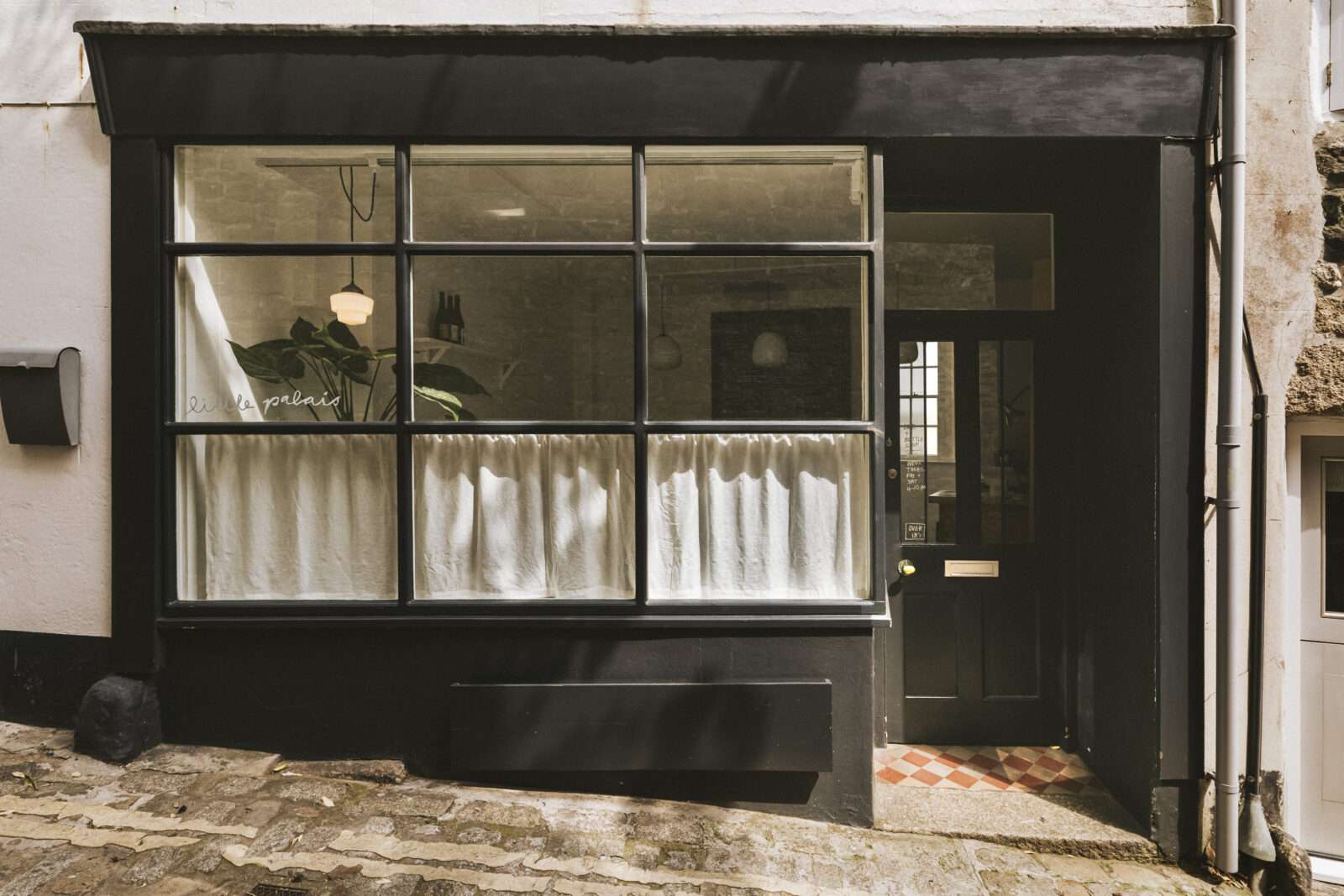
7. Little Palais
In search of a drop of new-vintage Anders Frederik Steen rosé? An orange number from l’Octavin? Or a humming Piemonte red, courtesy Cascina Tavijn? Little Palais is St Ives’ foremost emporium of low-intervention wine. Alongside its exquisite list, there are thoughtfully constructed cocktails, ascetic small plates and tins of seafood. The wooden-floored space is airy, light-streamed and muted, while the tunes, served via vinyl, are invariably ace. It’s practically next door to the Hepworth, too.
8. St Ives Bakery
Predictability notwithstanding, you cannot visit Cornwall and forgo a pasty. The tasty staple is ubiquitous in St Ives, but not all pastries are made equal. While the name might be deceptively generic, this dainty spot on Fore Street – its window display straining with sourdough loaves, burnished pastries and fist-sized meringue clouds – does the finest in town by some measure. Consider these superlative takes on the standards: the cheese and vegetable, and steak with stilton examples are ace, as is the shortcrust (as opposed to flaky) premier steak.
9. Porthmeor Beach Café
St Ives’ most-loved stretch of sand – sat in the shadow of Tate along the town’s northern reaches – is also home to this excellent all-day cafe. Local seafood is abundant and the cooking strikes a fine balance between ingredient-led restraint and subtly exotic flavours: hake with mussel-and-clam zuppetta, say, tapas plates of halloumi and sweet-and-sour watermelon, or scallops with ’nduja butter. The beachside setting and decent drinks list make it a no-brainer for sundowners.
SHOP

10. St Ives Ceramics
Located in a former ice-cream factory on Fish Street, St Ives Ceramics was opened in 1990 as a studio workshop by potter John Bedding – a former apprentice to and later colleague of Bernard Leach. Bedding soon segued his practice across the road and the gallery as is it stands today. It displays a host of fine, abstract contemporary ceramics (many of which are surprisingly affordable) as well as the CBS Collection of works by renowned master potters including the Leaches and Lucie Rie, which are rather less so.
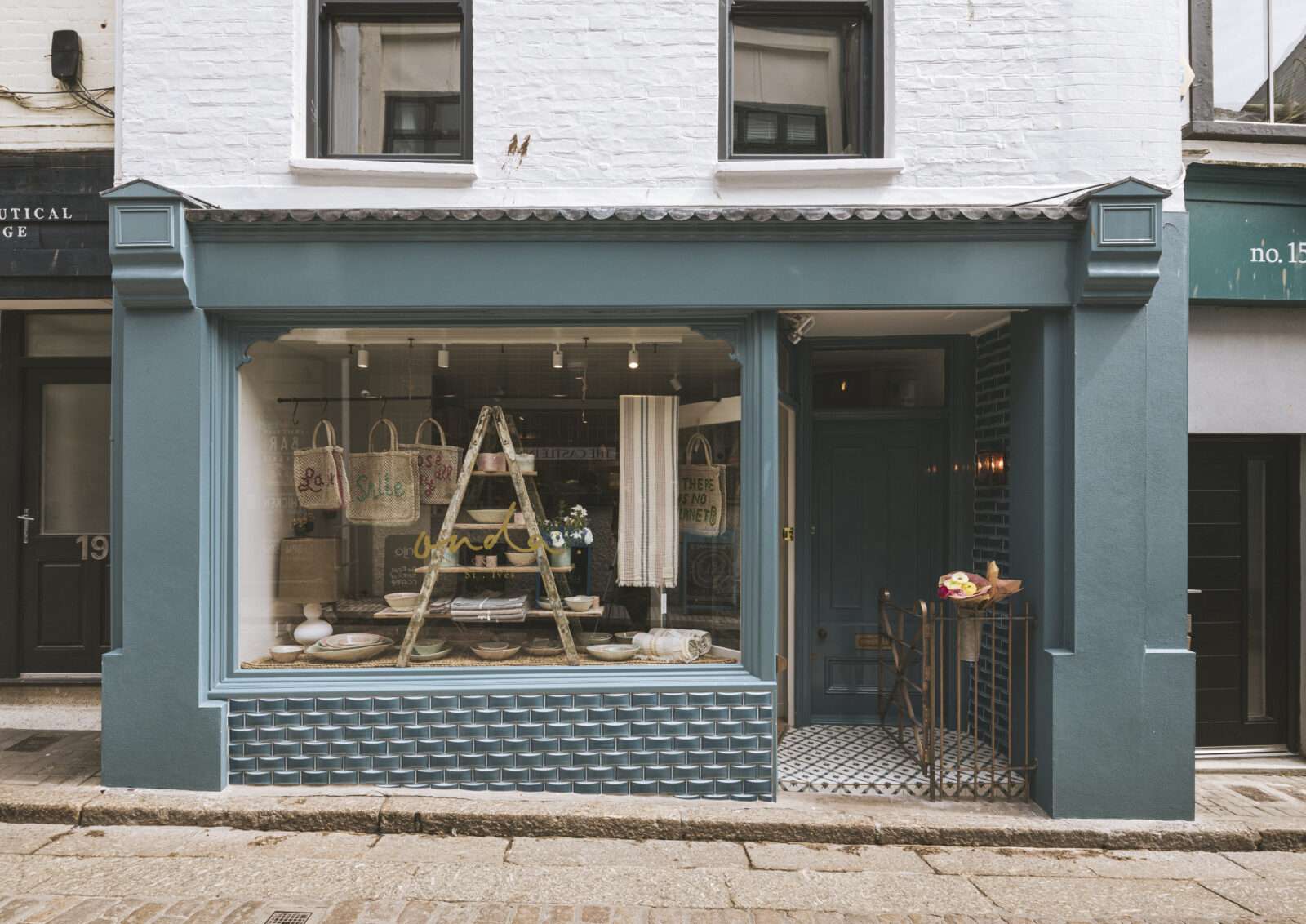
11. Onda
St Ives is hardly lacking in lifestyle shops, but Onda is especially sweet. Its inventory is reflective of the quieter side of St Ives: billowing dresses and ecru-hued essentials from cooperative Indian textile mills; beautifully constructed smudge sticks and palo santo bundles; hand-crafted ceramics, intricately painted seaweed prints and books on wabi-sabi.
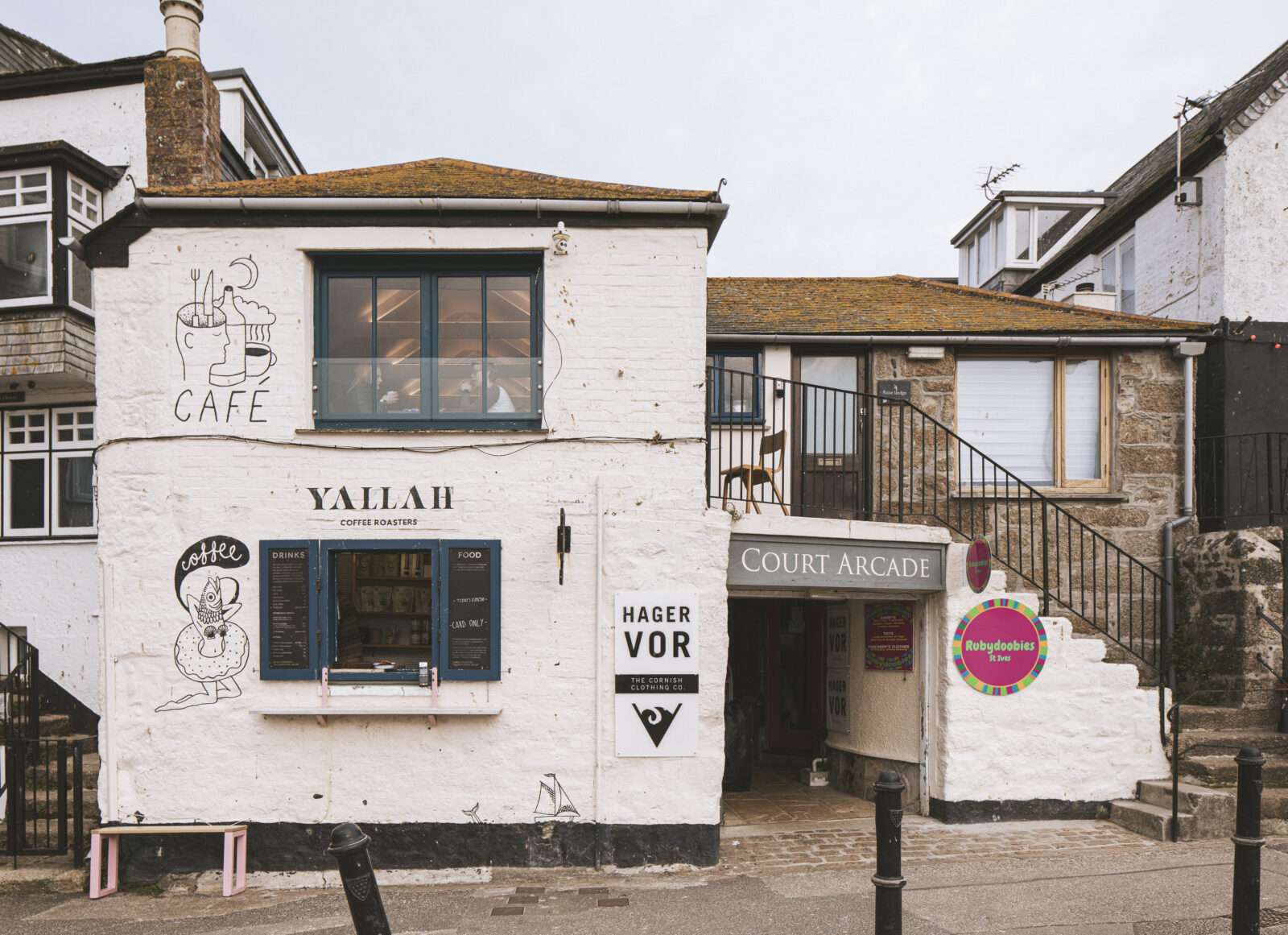
12. Yallah
Primarily a spot to pick up some of the best caffeinated drinks and brunch snacks in west Cornwall, this harbourside kiosk and cafe shifts into good shopping territory, thanks to its bags of take-home coffee. Yallah is an admirably ethical company in its own right, importing beans directly from the producer and transporting by sea for minimal impact, before roasting them in a Falmouth barn powered by renewable energy. Your morning pick-me-up never tasted so good.
DO
13. Beaches
St Ives’s provision of beaches offers something for all, but Porthgwidden’s charms are the most august. It’s the town’s smallest beach, a golden cove sat below the Island (on which more later) – and is a go-to for locals and those seeking respite from the crowds over at Porthmeor. Across St Ives Bay, meanwhile, the National Trust-protected bluff of Godrevy rises high from the foam. When the tide ebbs out, it constitutes the northern stretch of the bay’s three miles of beaches; when it’s in, there are fine surf breaks and spectacular views from the paths leading up over its rugged cliffs.
14. St Ives School of Painting
Conceived in 1938 by Borlase Smart and Leonard Fuller – around the same time that the later stages of the area’s nebulous ‘school’ was working – the St Ives School of Painting now runs art courses and holidays. It’s still situated in the Porthmeor studio, once occupied by abstract sculptor (and Hepworth’s assistant) Denis Mitchell, in which Fuller hosted the school’s inaugural drawing class.The lessons are satisfyingly cerebral: channel the restrained modernism of Ben Nicholson; exploring the chunky world of abstraction; delving into Japanese wood-block painting and so on.
15. St Ives Surf School
Wander the town’s undulating alleyways all you like, but for the full Cornish experience, you’ll have to get wet. There’s no better facilitator than the eponymous surf school, which books lessons for all skill levels and rents boards to the self-starting (to who they’ll impart intuitive knowledge on the area’s breaks). They also run paddleboard and kayak tours of the bay, as well as leading coasteering (an intrepid mix of low-level bouldering, cliff jumping, sea swimming and cave diving) expeditions along the rugged ledges and inlets – all fine ways to take in an extraordinarily pretty part of the country.
16. South West Coast Path
Only a small stretch of the 630-mile South West Coast Path runs through St Ives, but it offers great yomping in both directions. Head west and you’ll hit the village of Zennor (beloved for the Moo Maid Café’s ice cream) and further on to the Penwith peninsula, where Australian comic Barry Humphries once almost fell to his death from a precipitous stretch of pathway. To the east, track through the resort village of Carbis Bay, up to Godrevy’s cliffs and onwards to Portreath and Newquay.
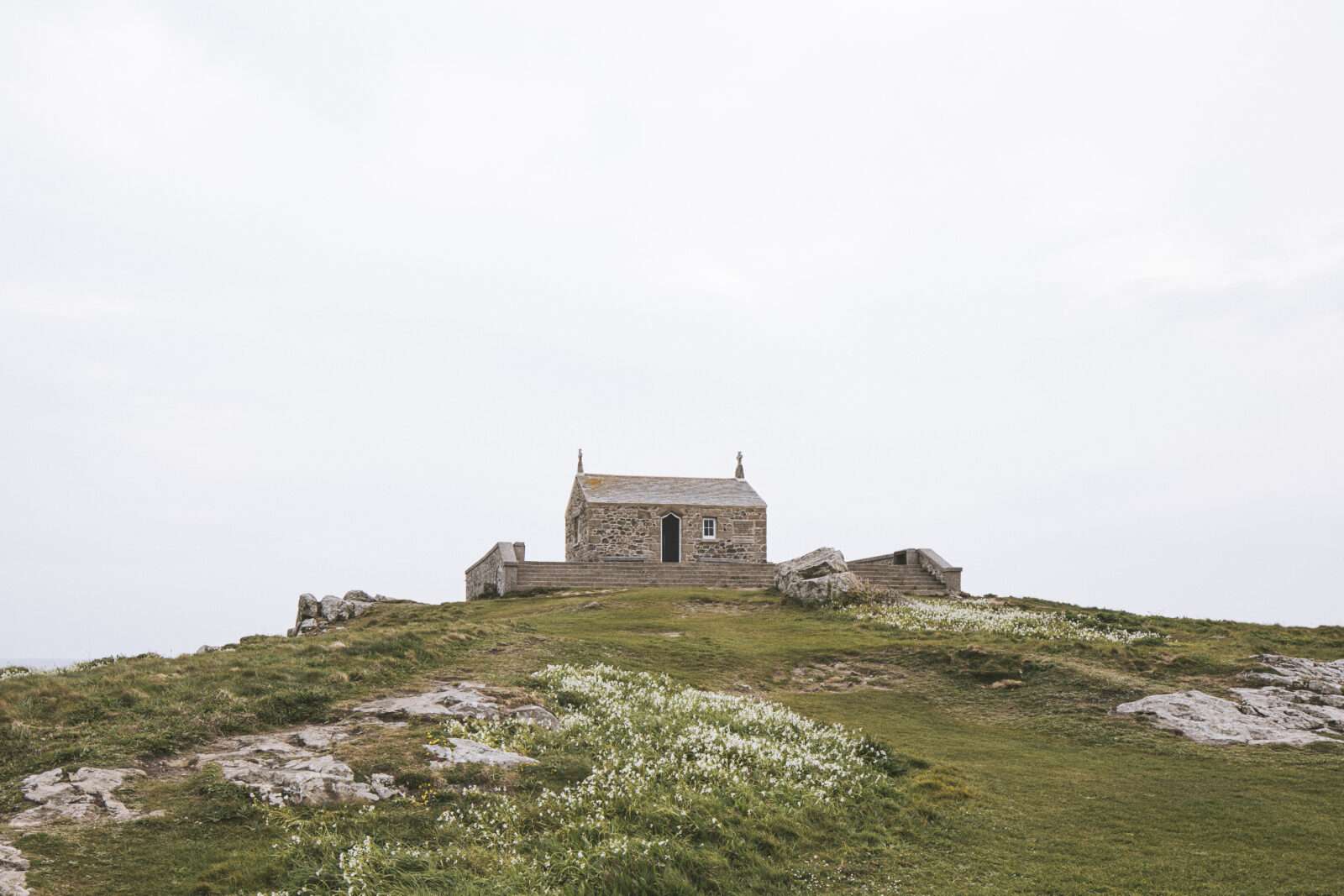
17. The Island
The Island, in fact, is not an island at all. The local name, Pendinas, more accurately translates as fortified headland. It’s well worth the slightly breathless schlep to the top, where you’ll find a dinky chapel – there are some fishing-themed tiles by Bernard Leach – and a coastwatch building. Ornithologists take note: the peninsula’s position makes it good spotting for resting migratory birds, including lesser-seen balearic shearwaters and skuas of various stripes, as well as garden-variety guillemots, razorbills and puffins.
